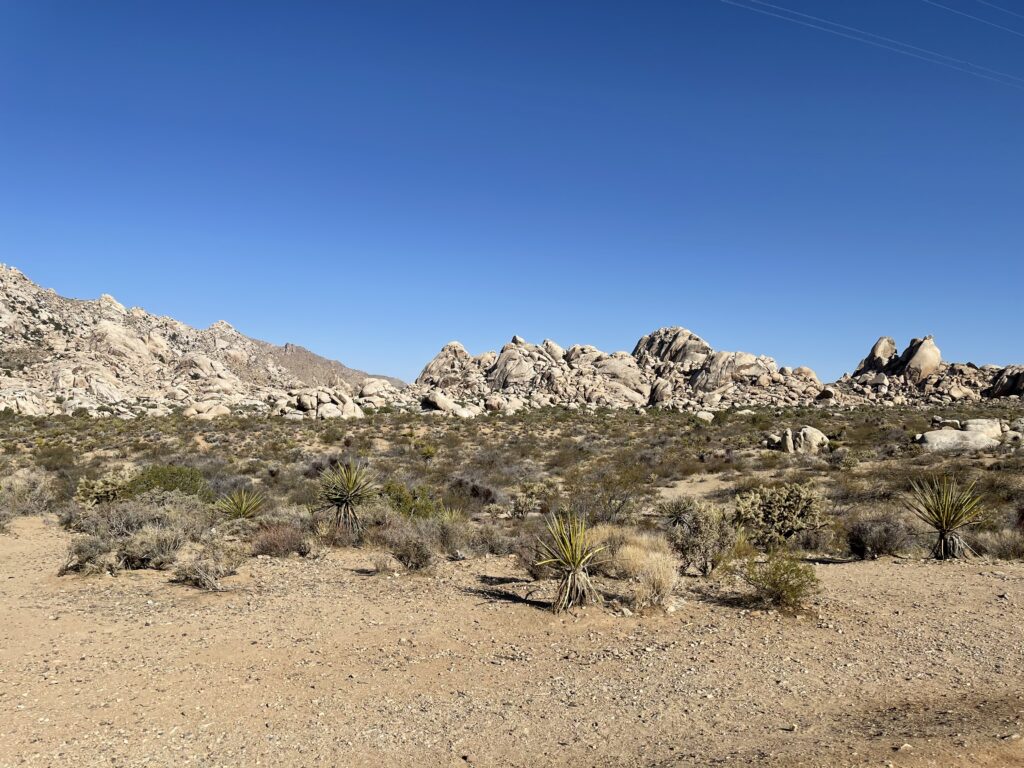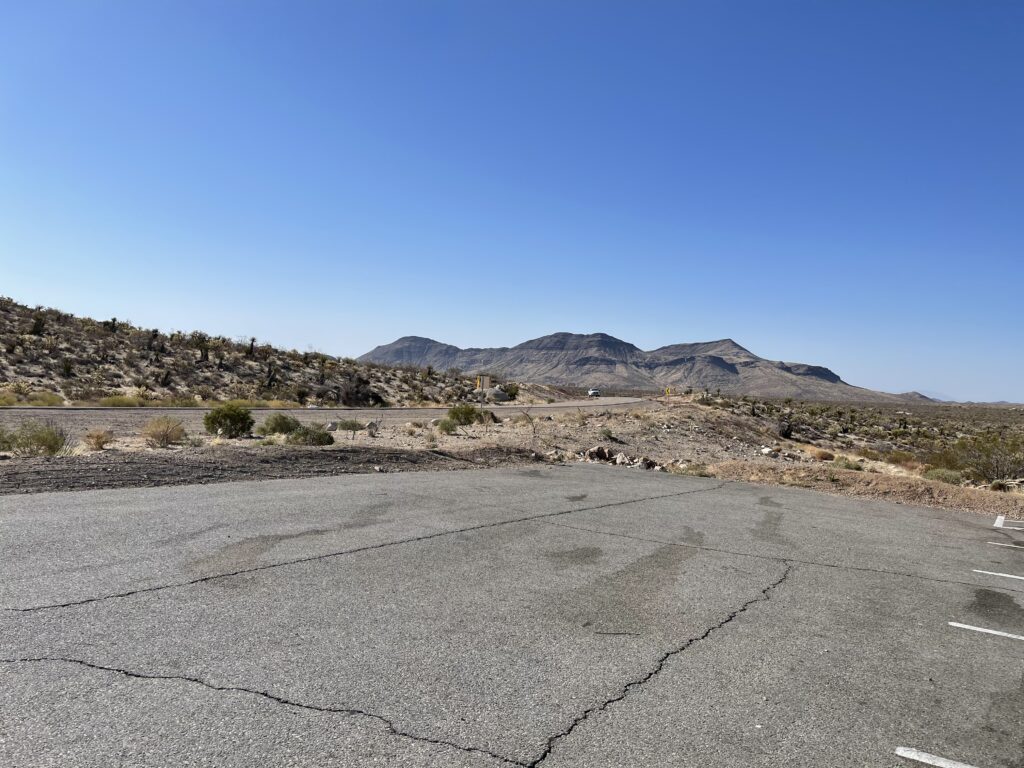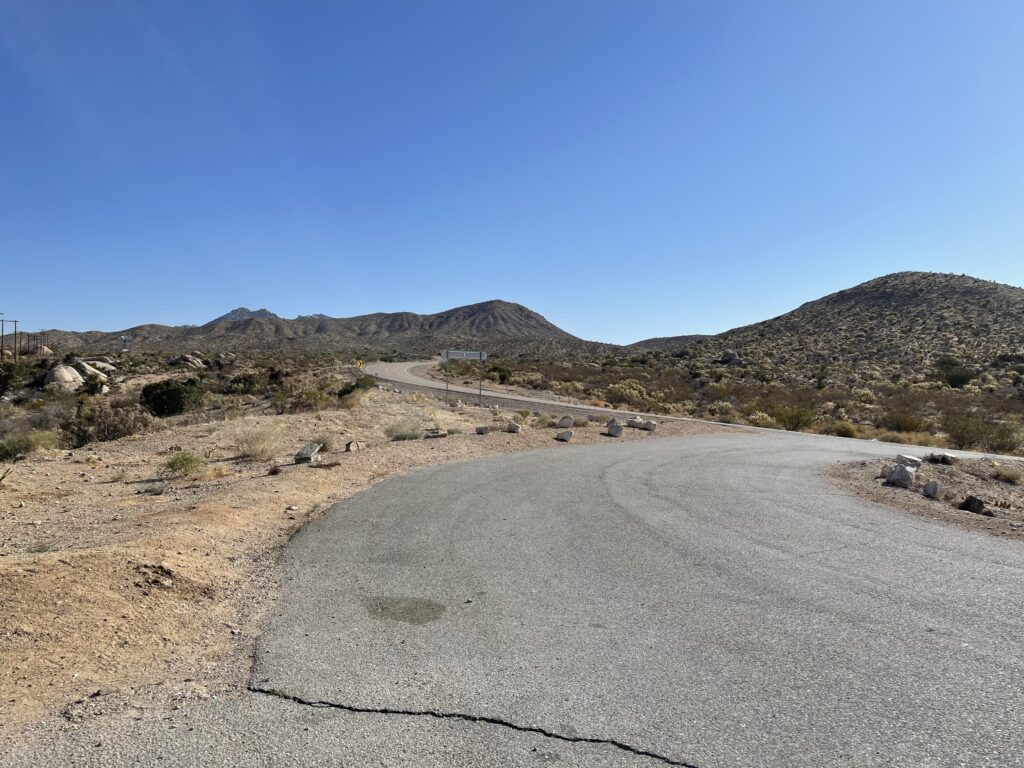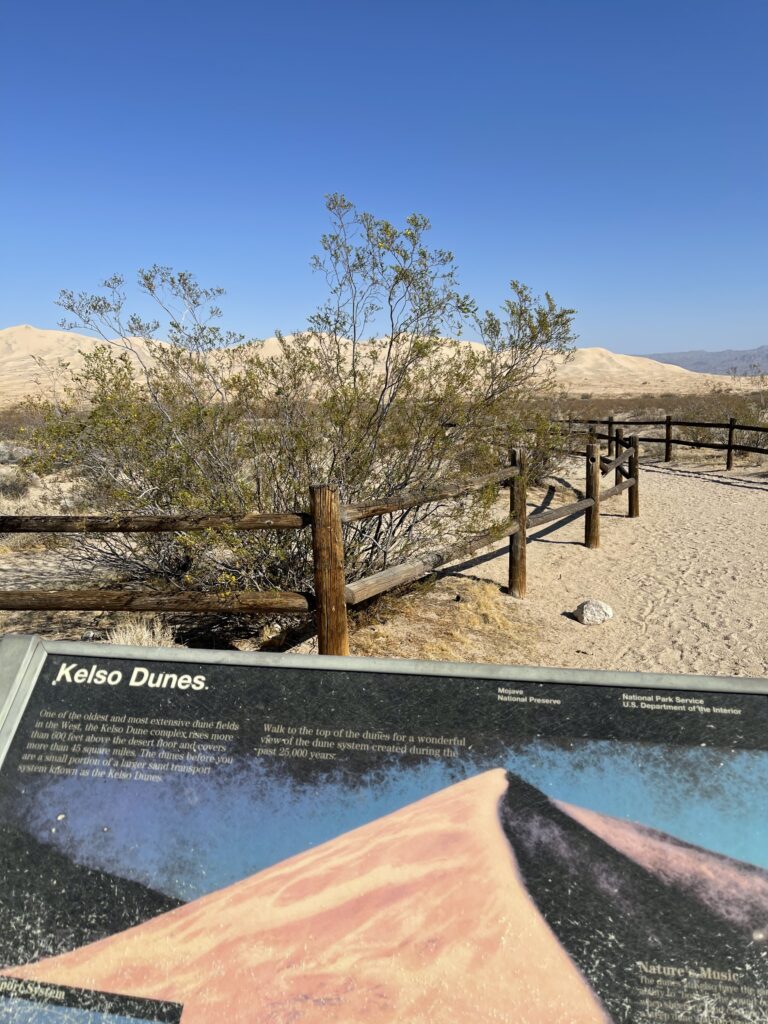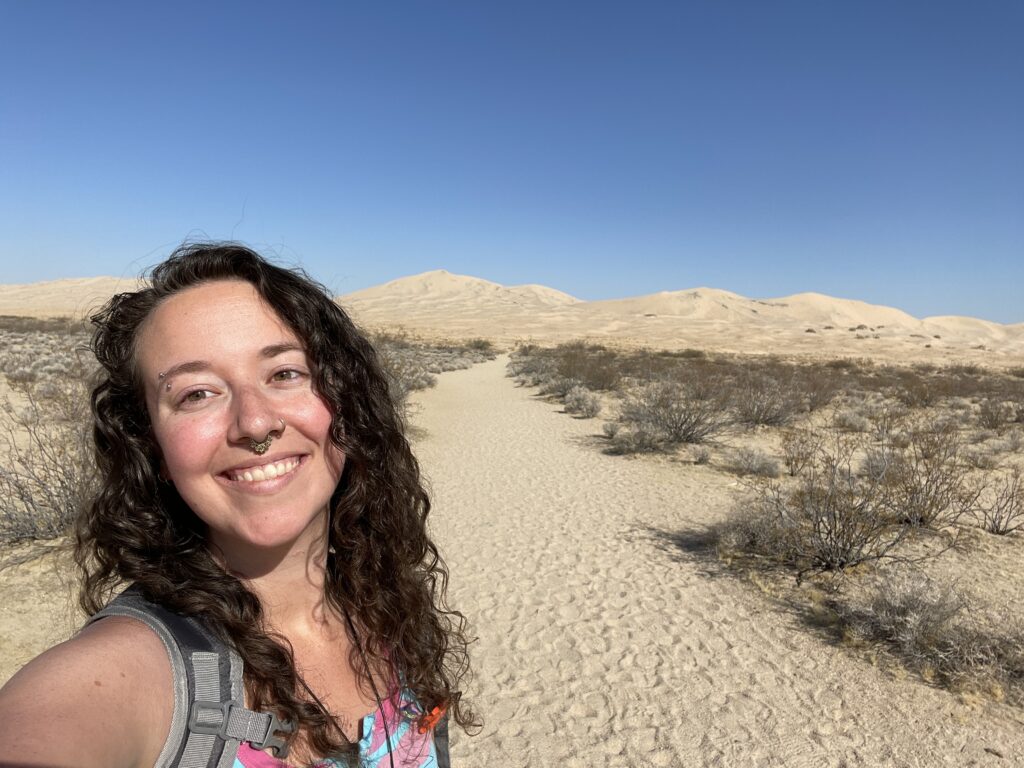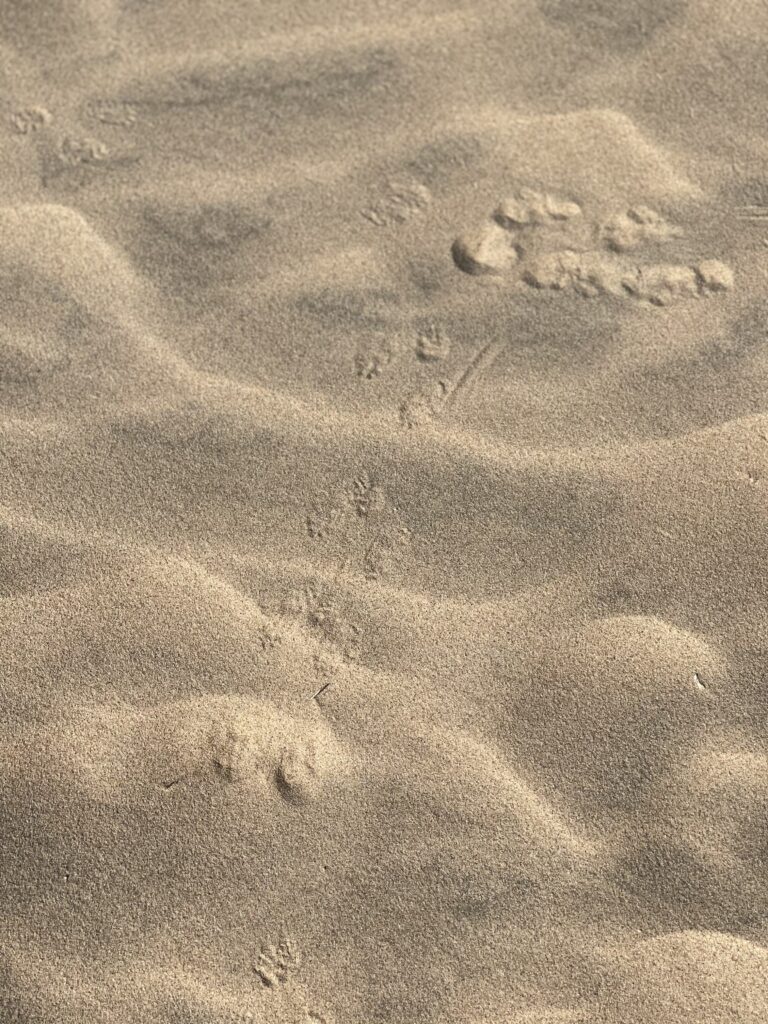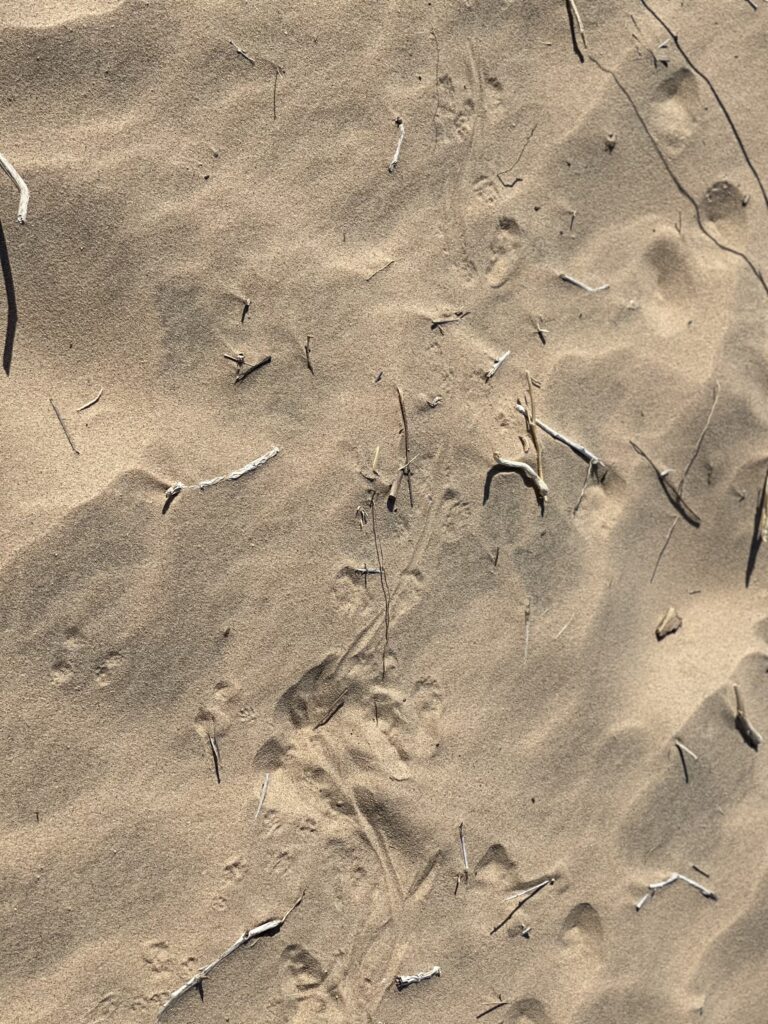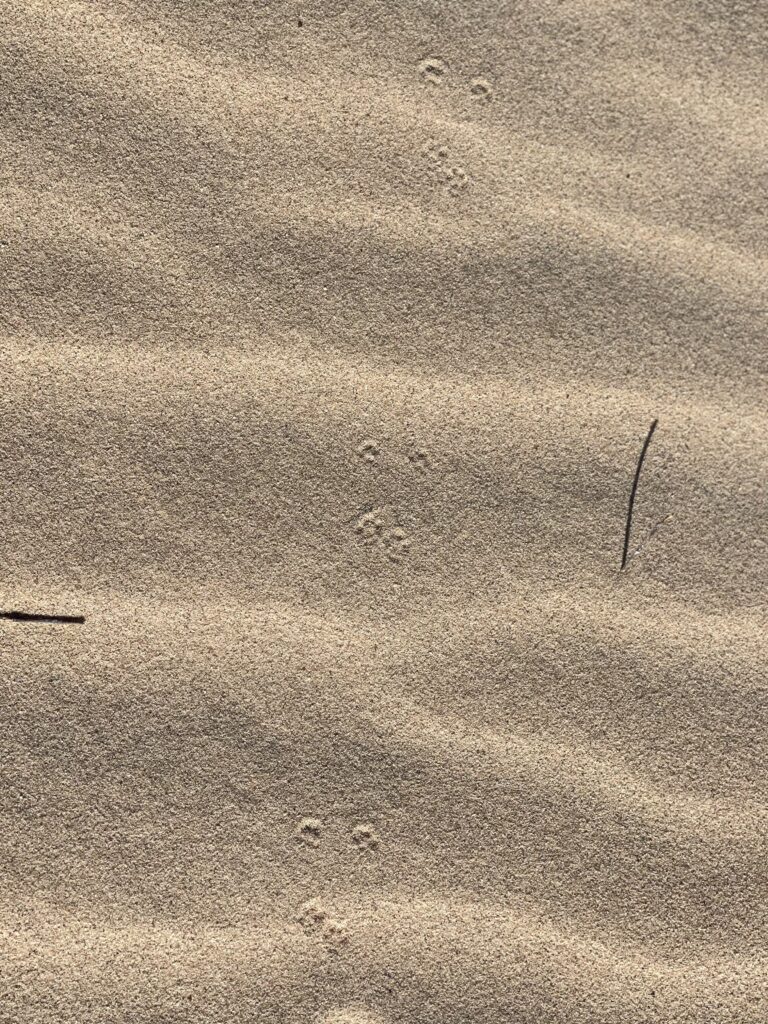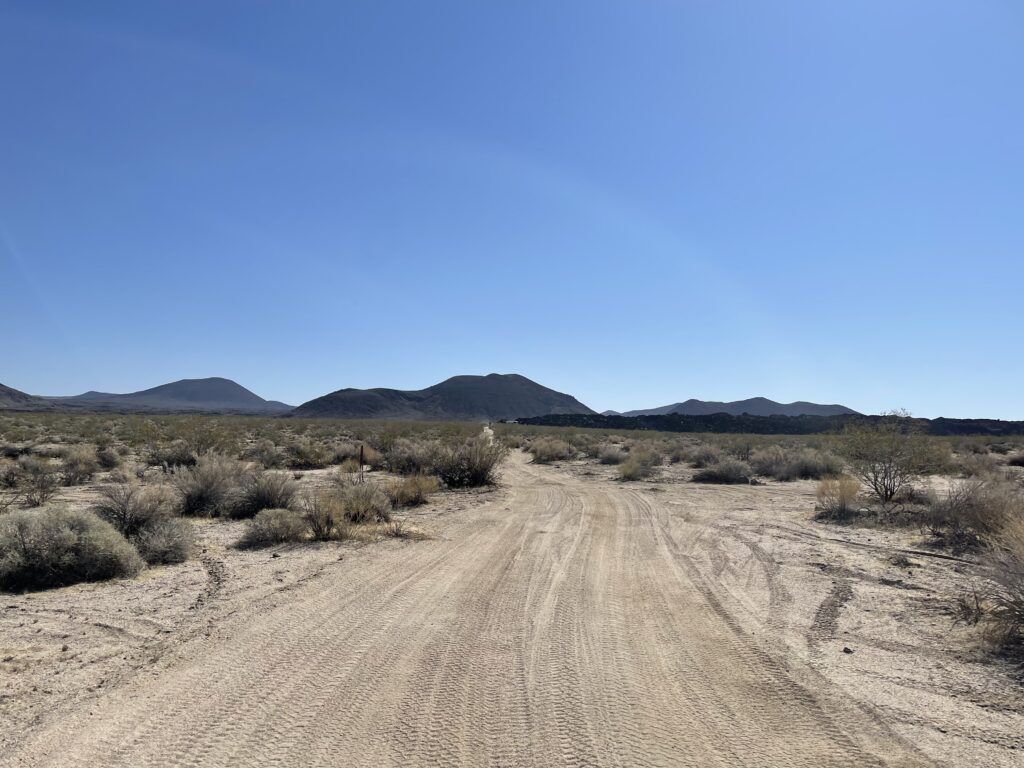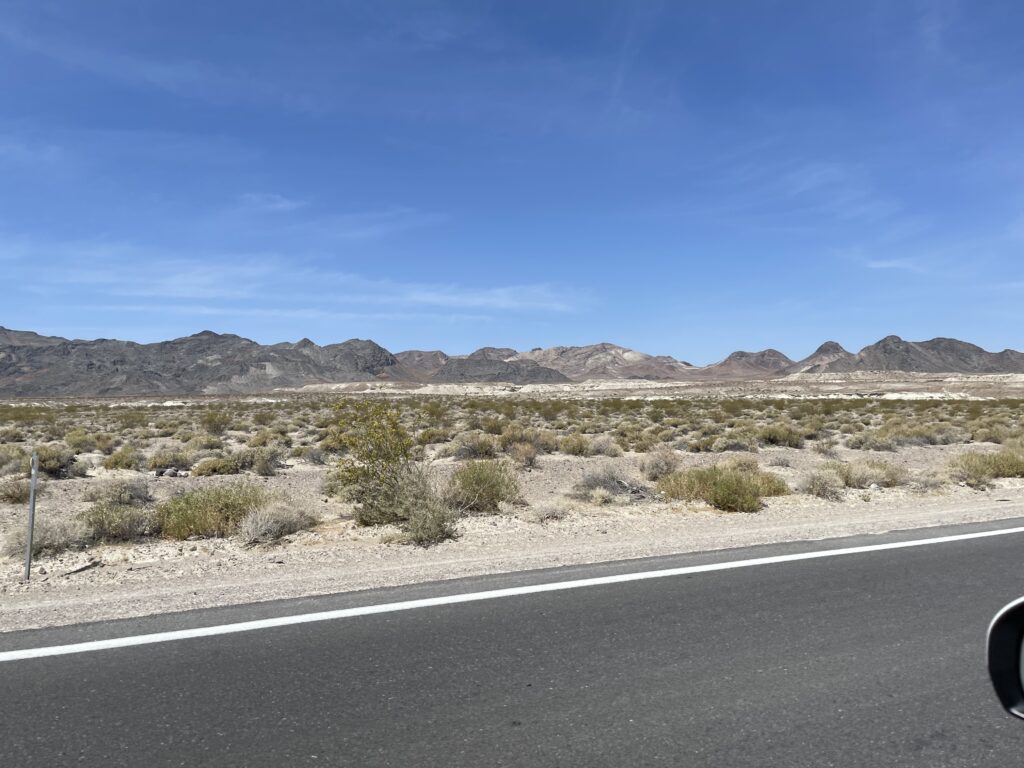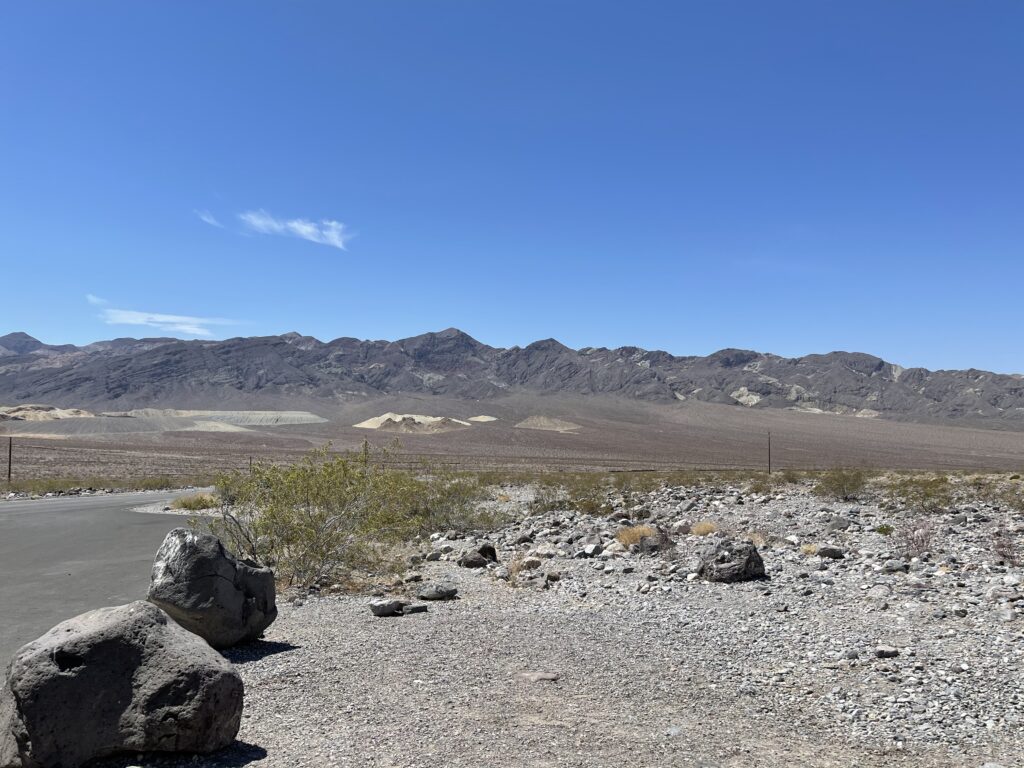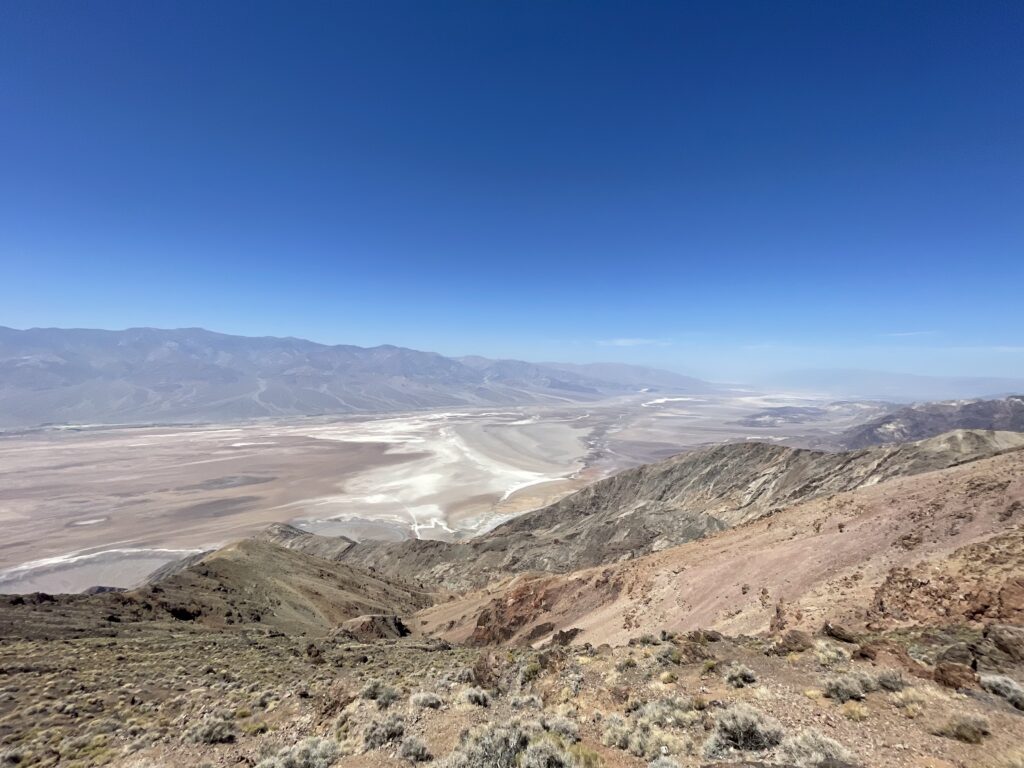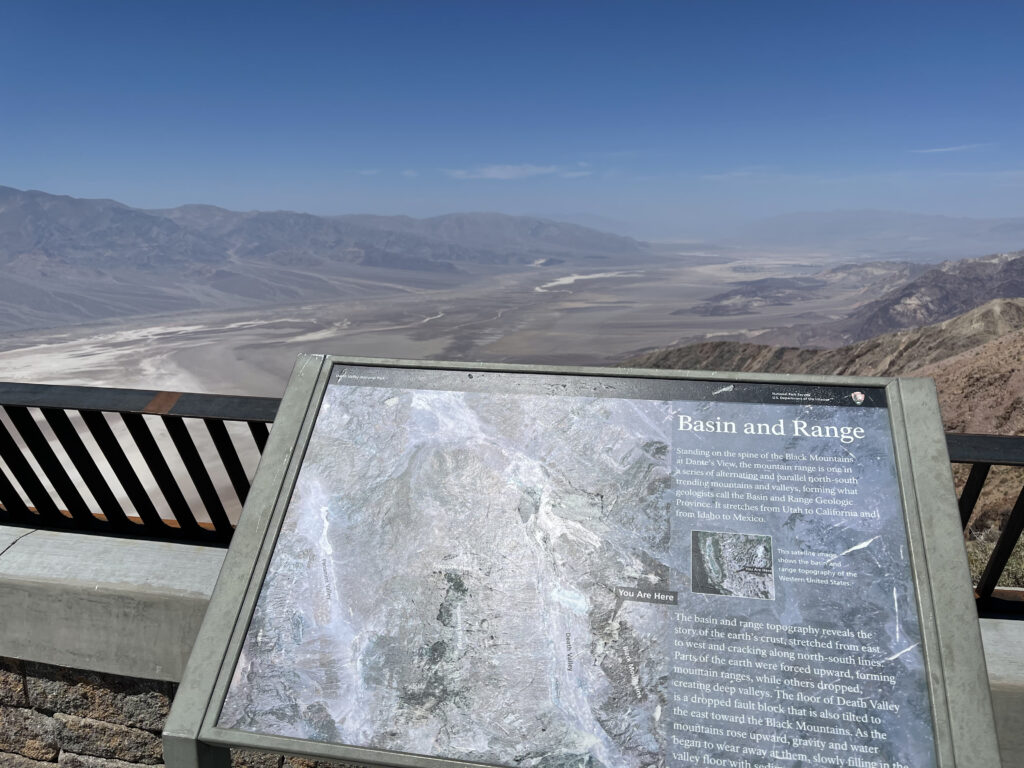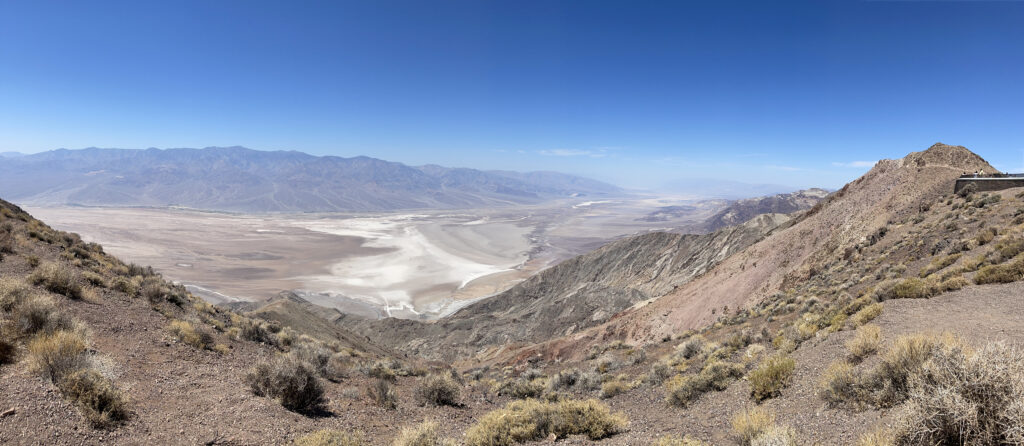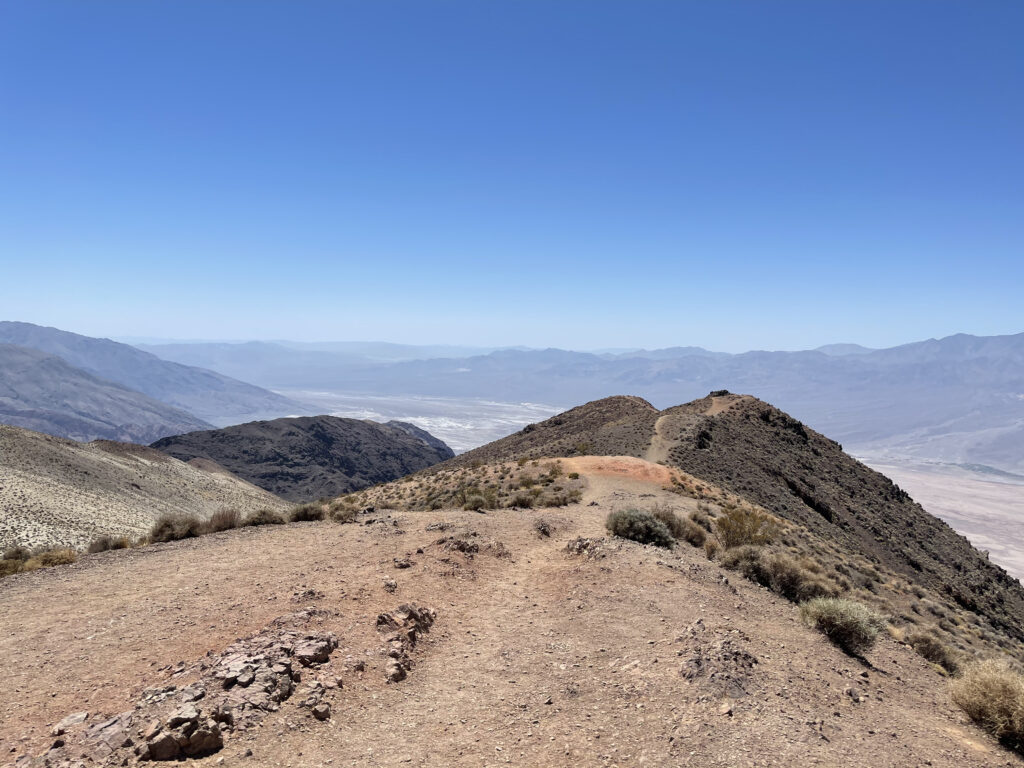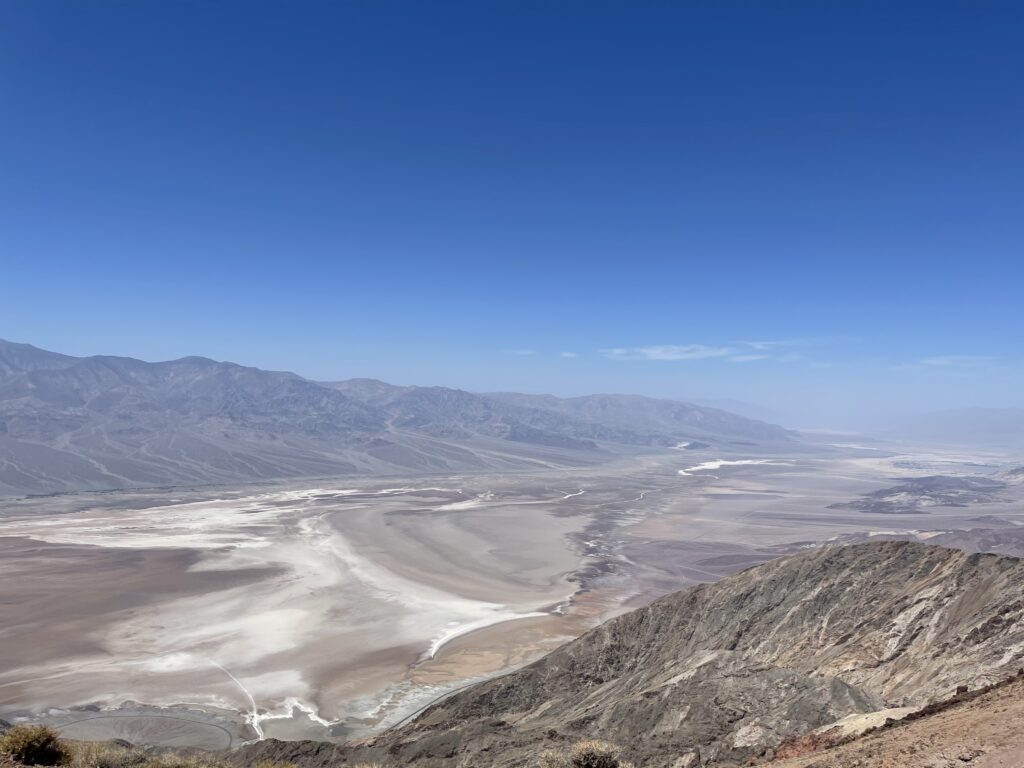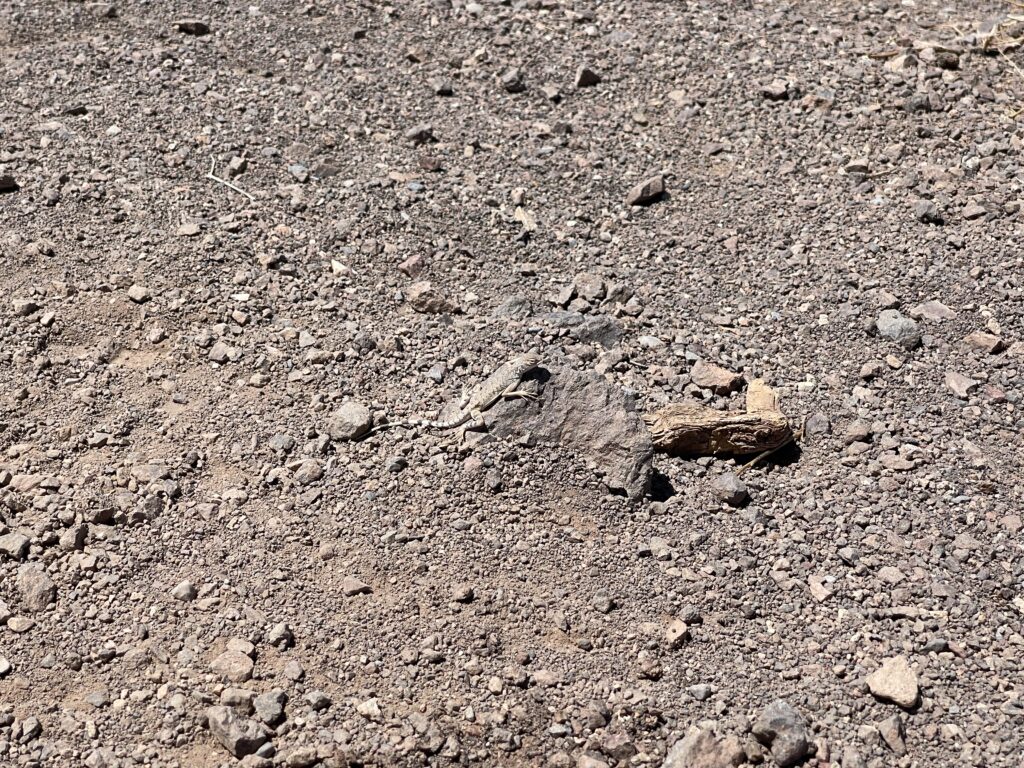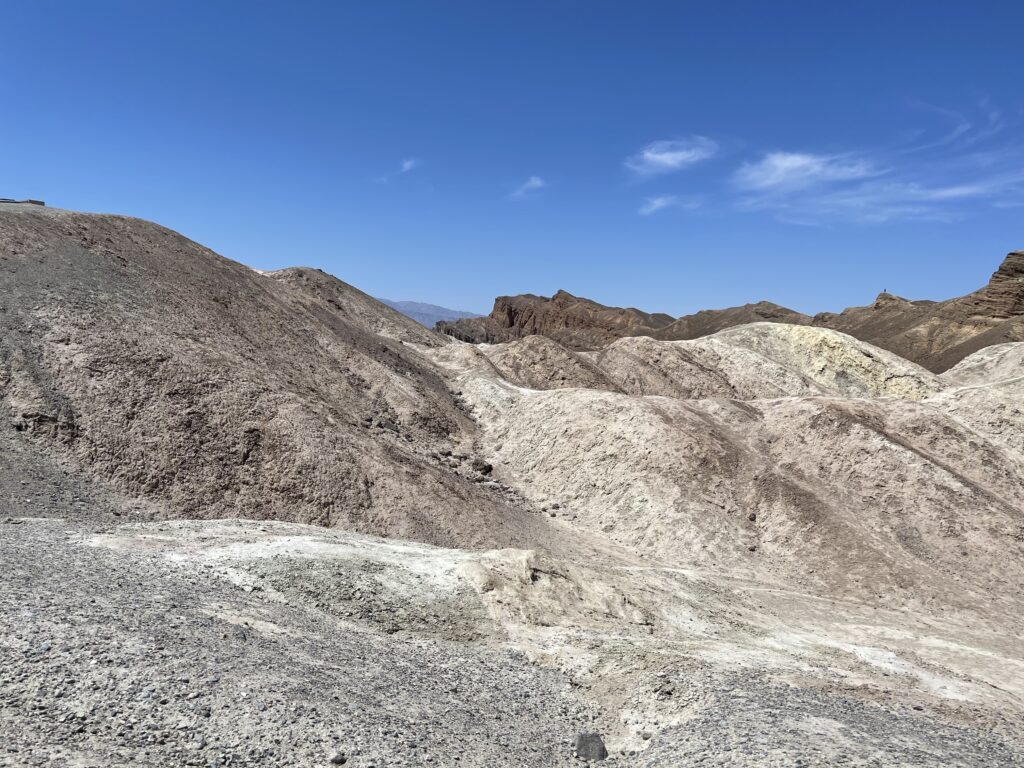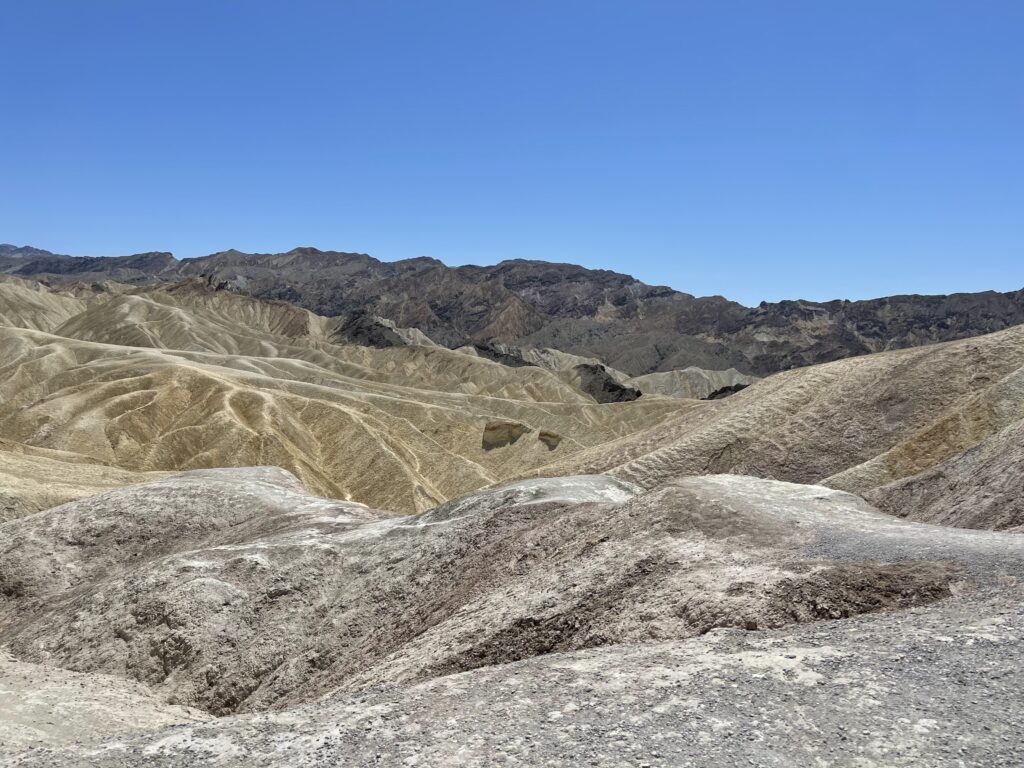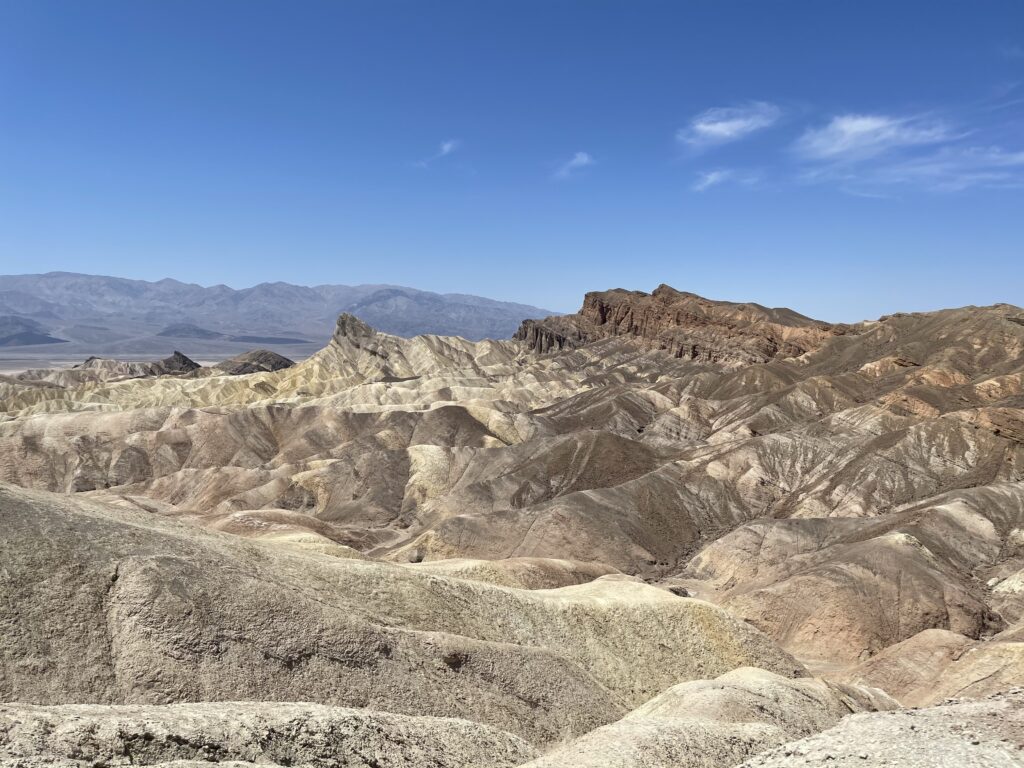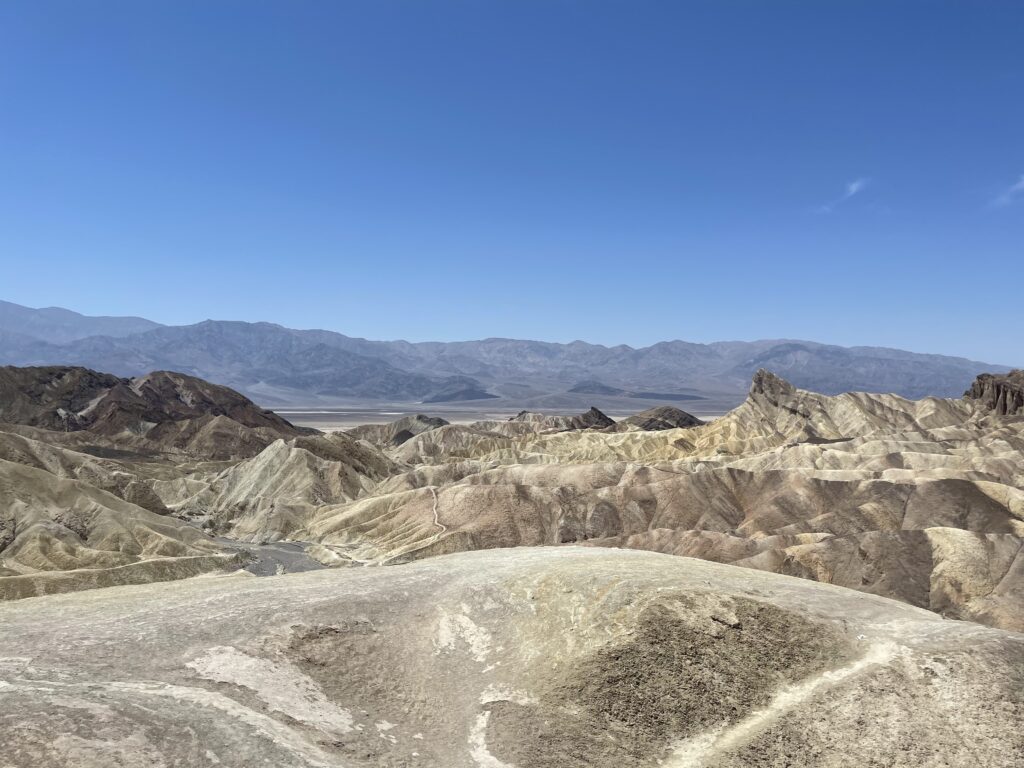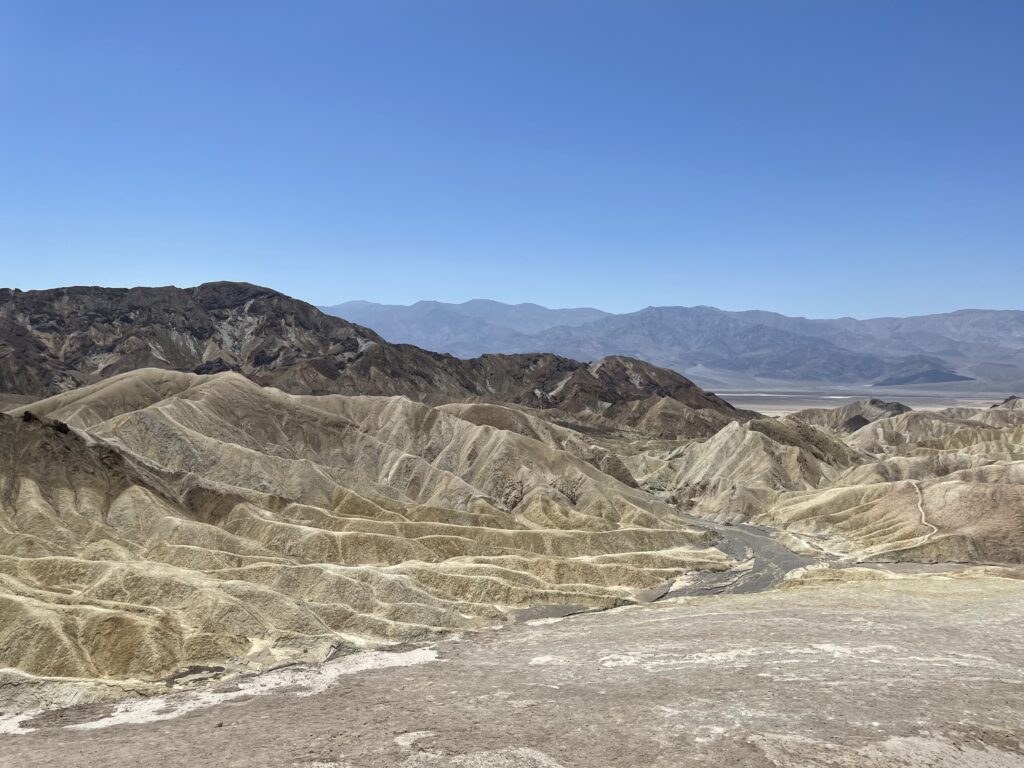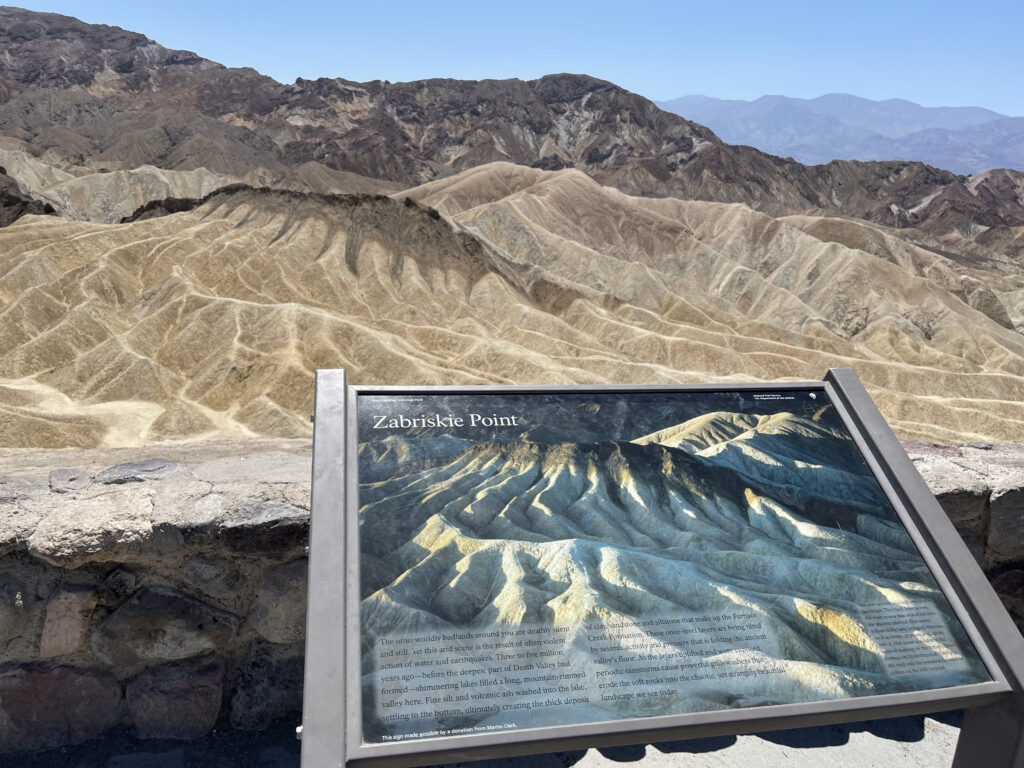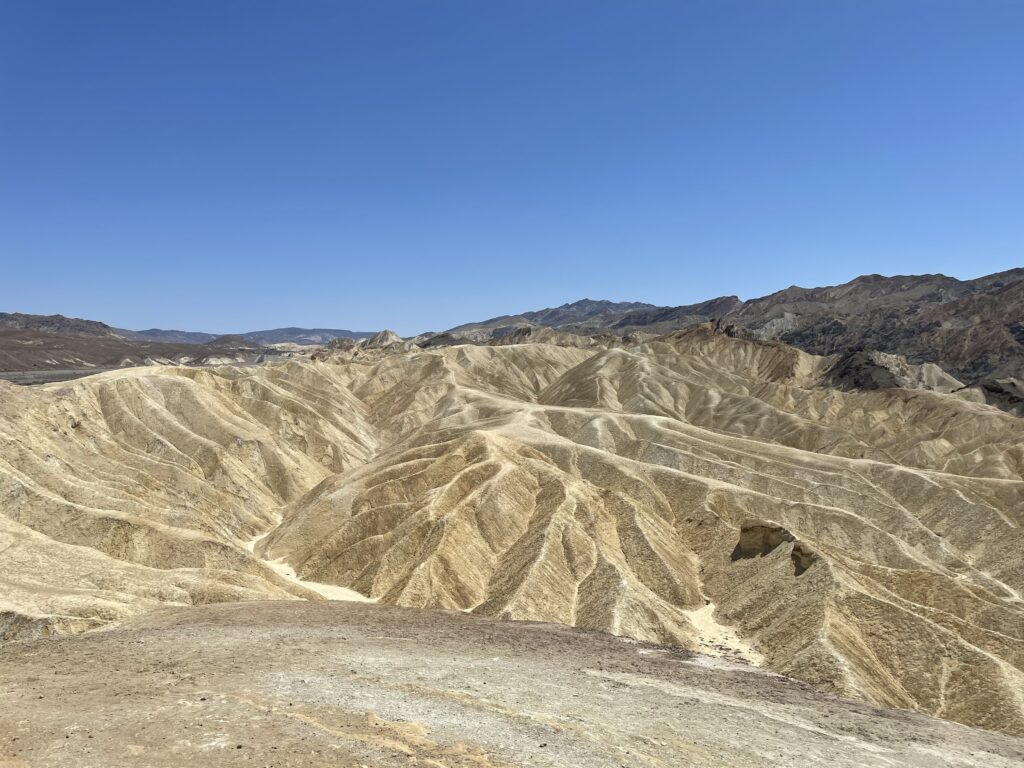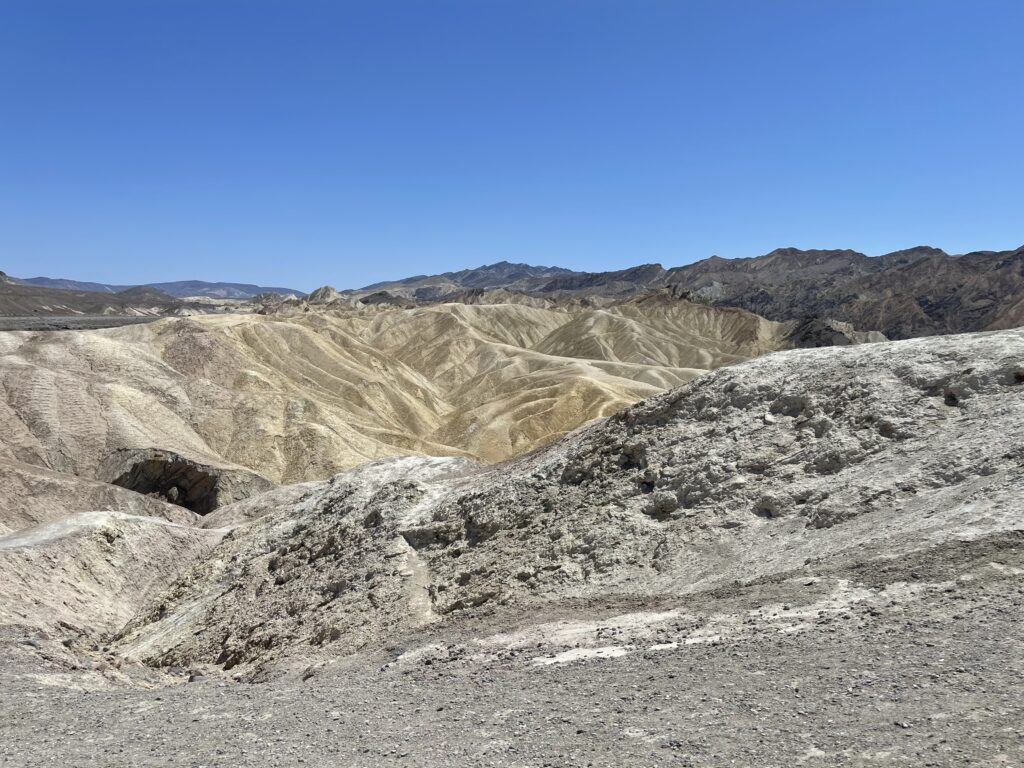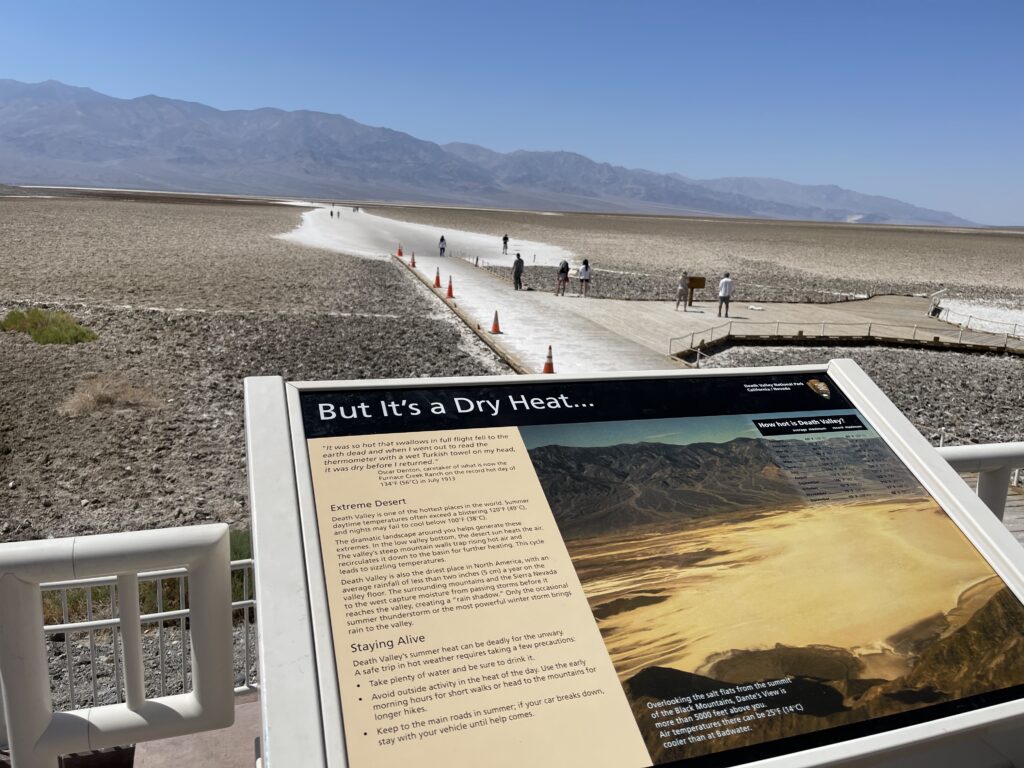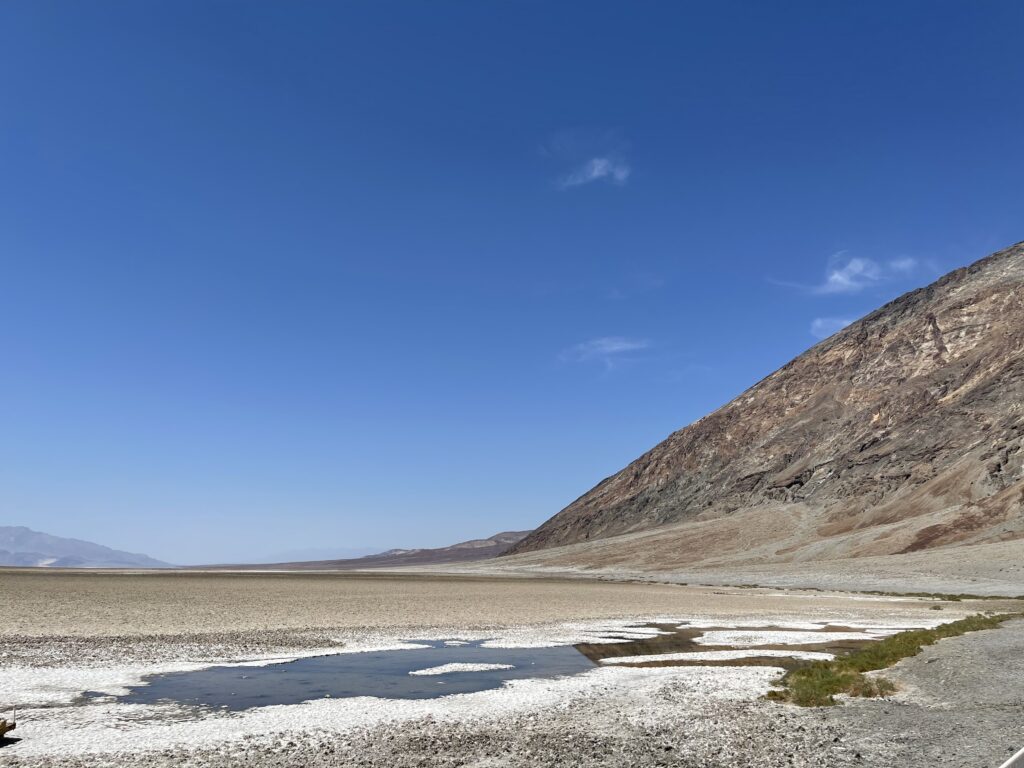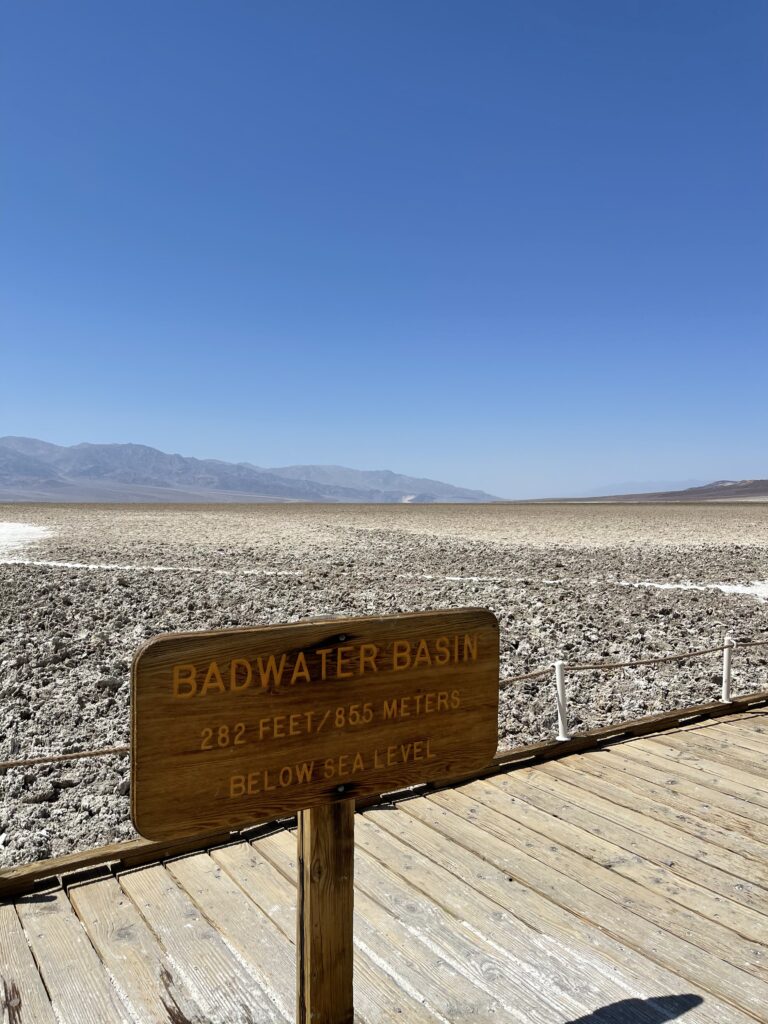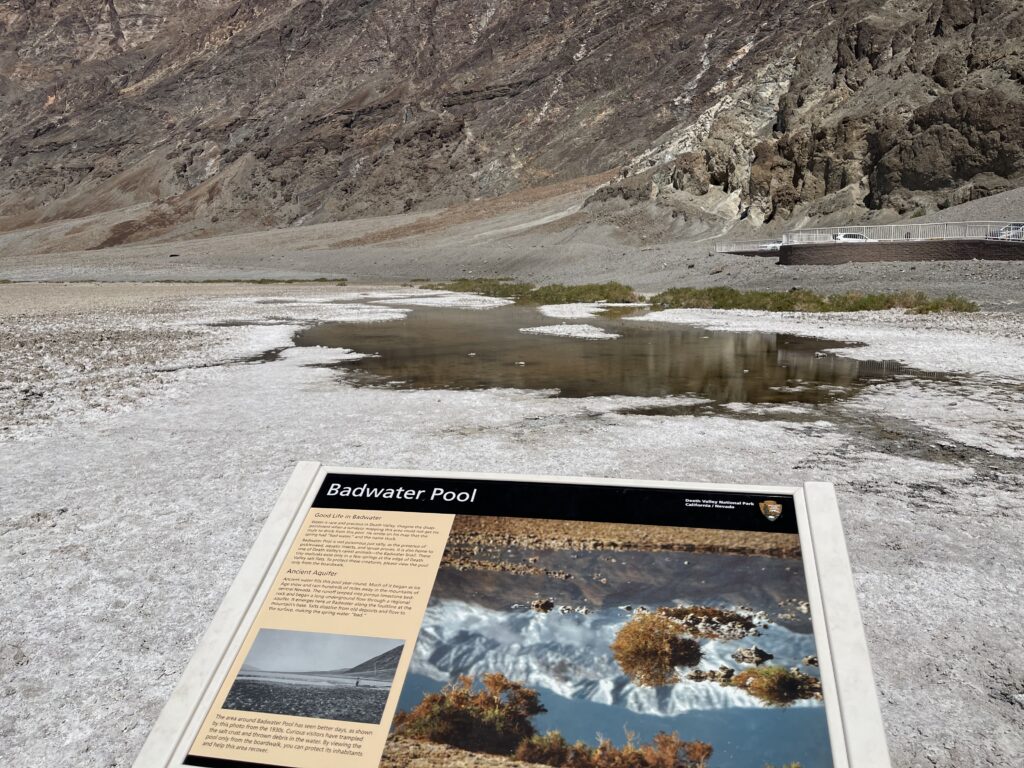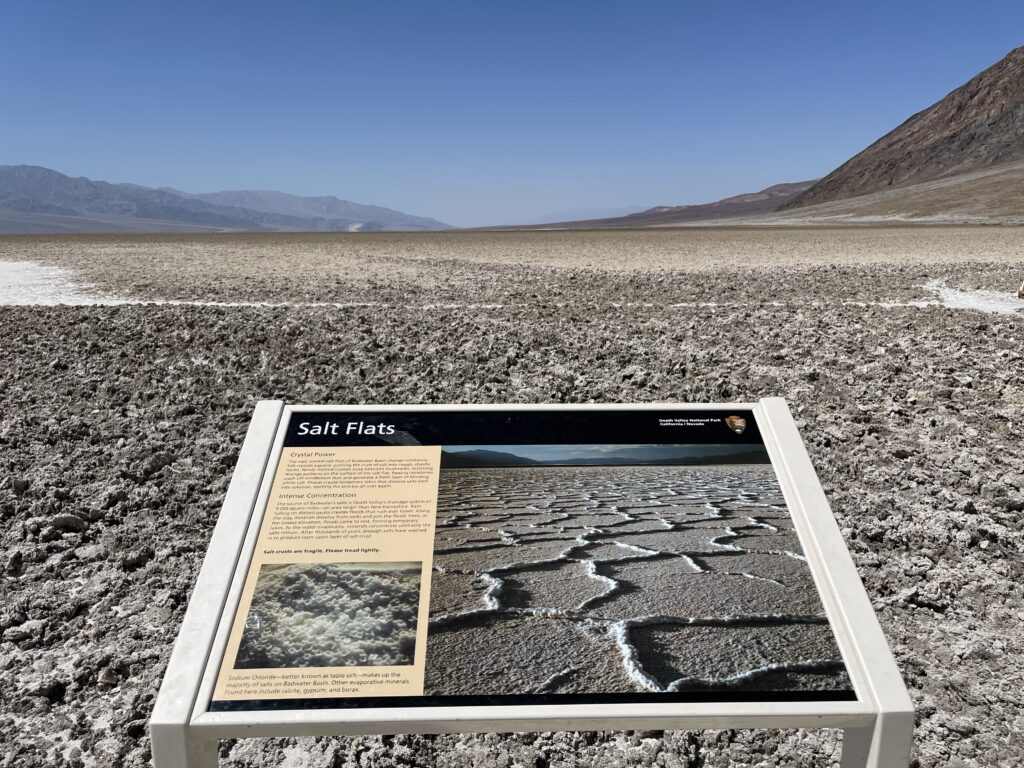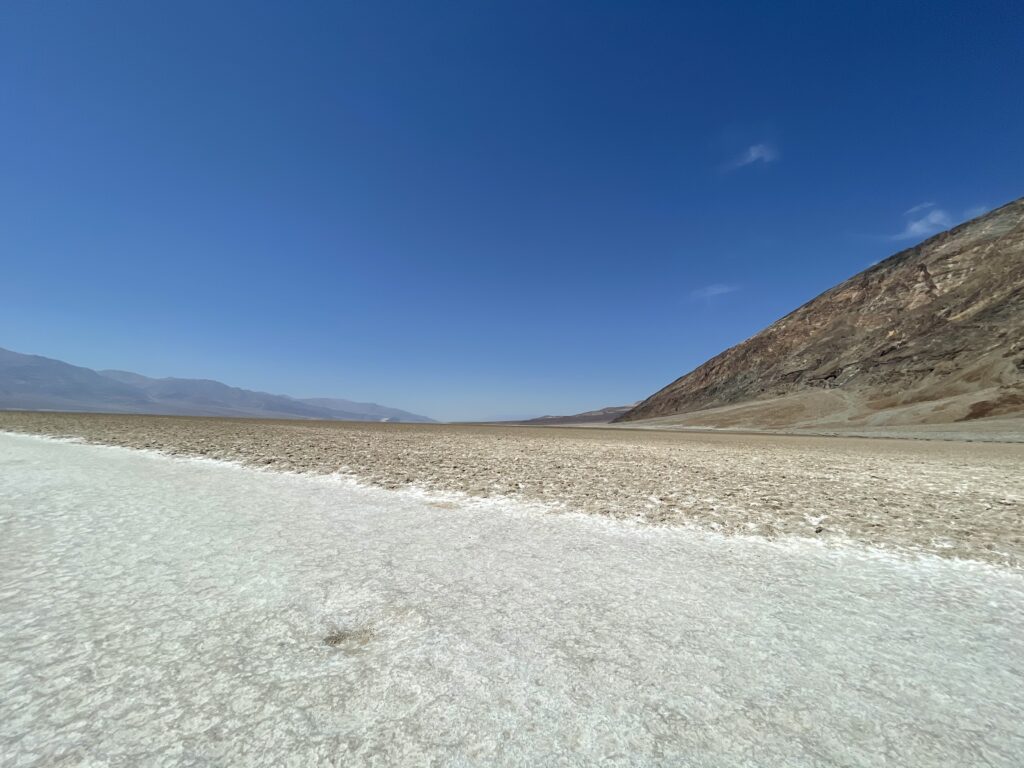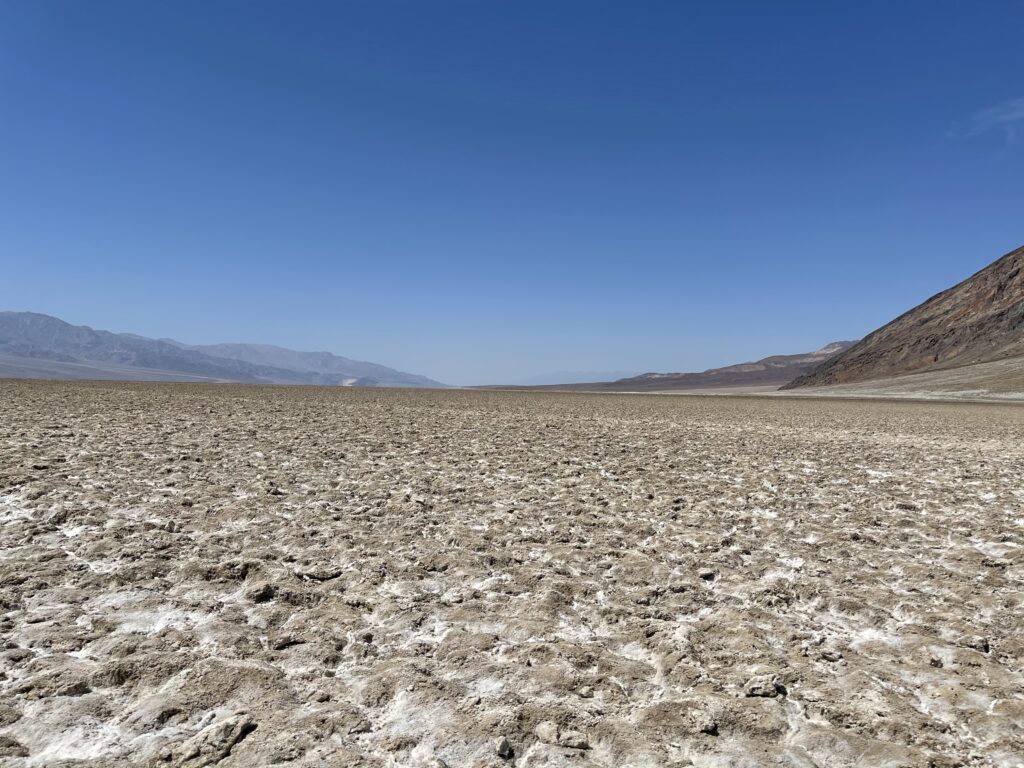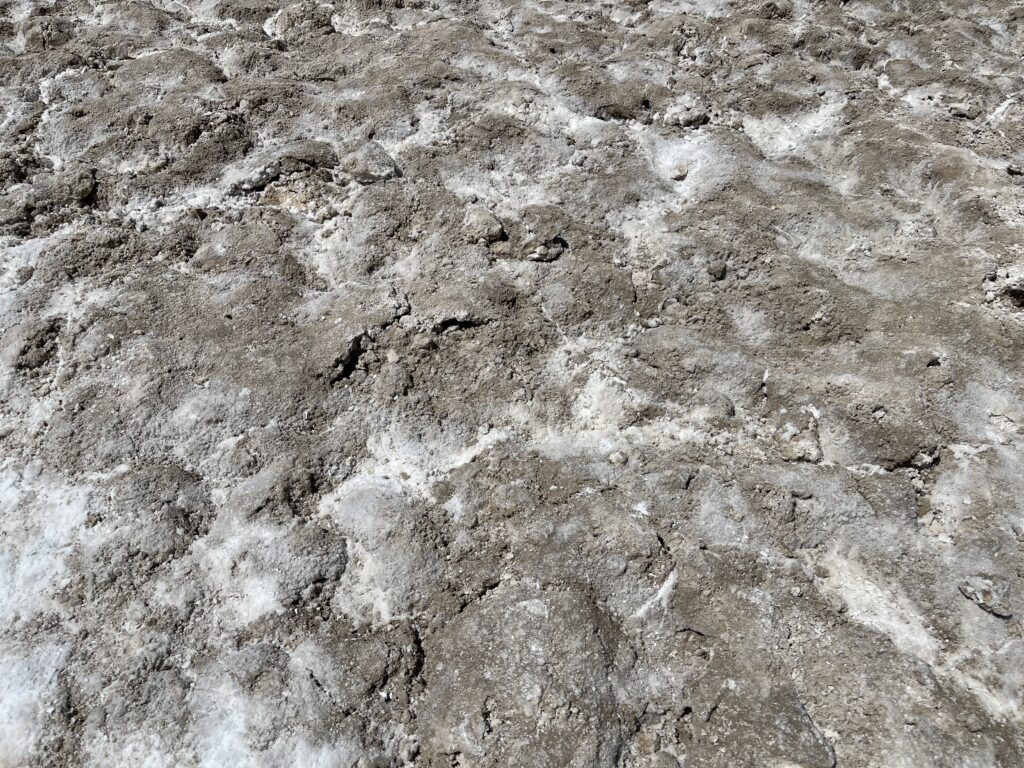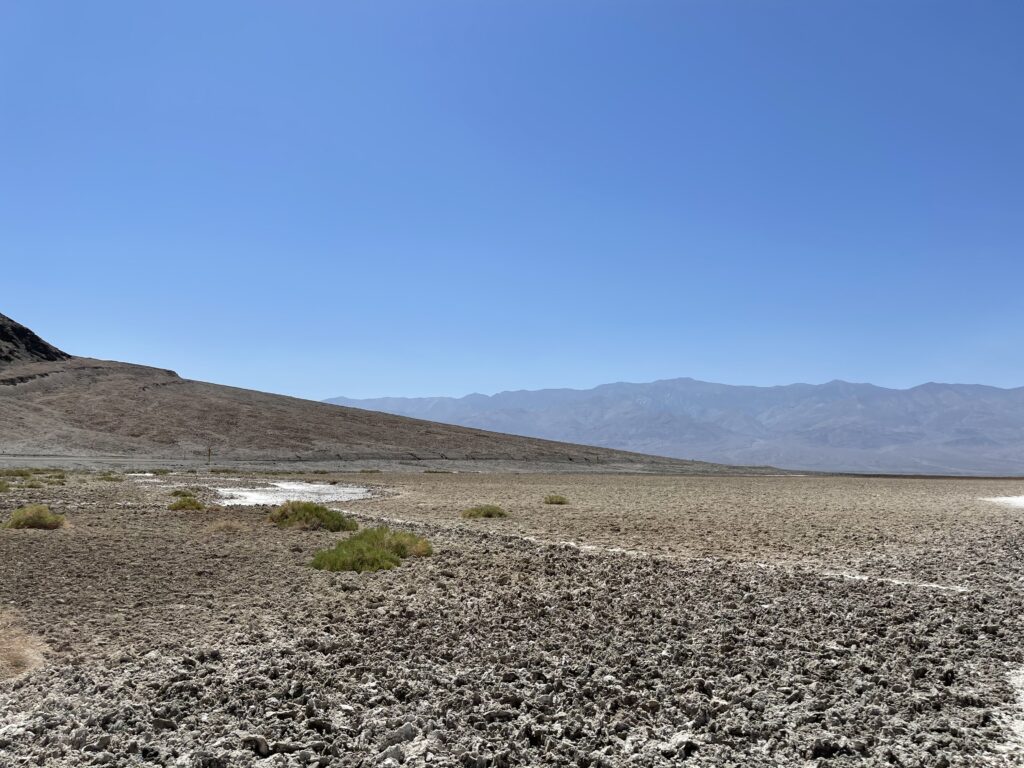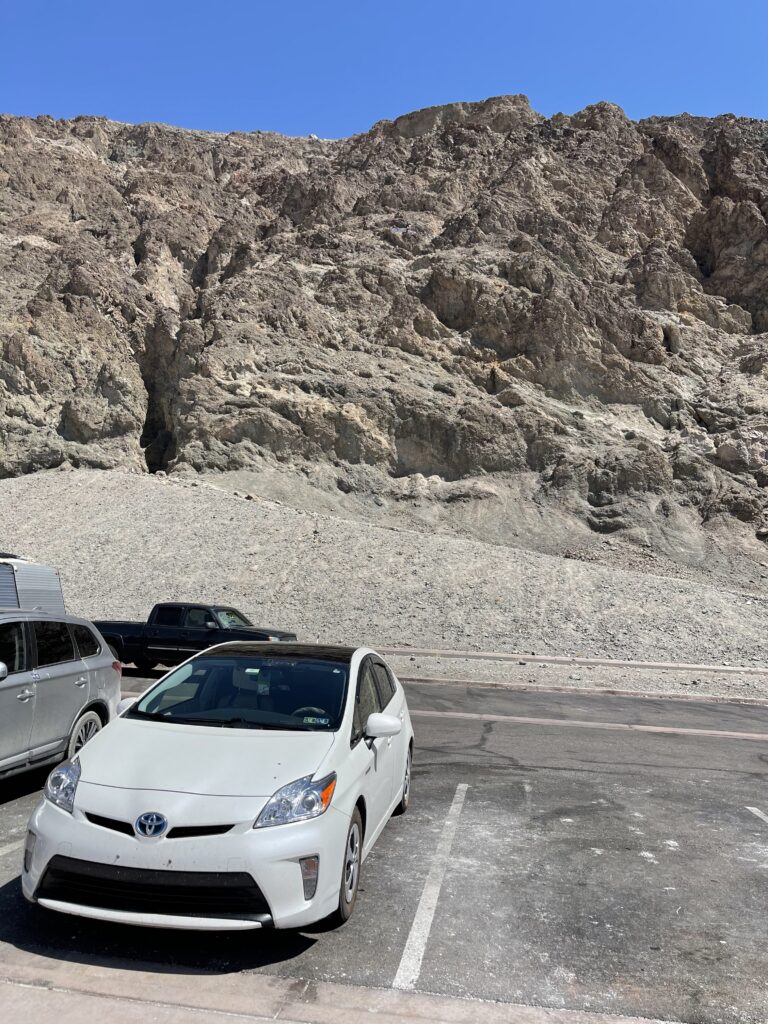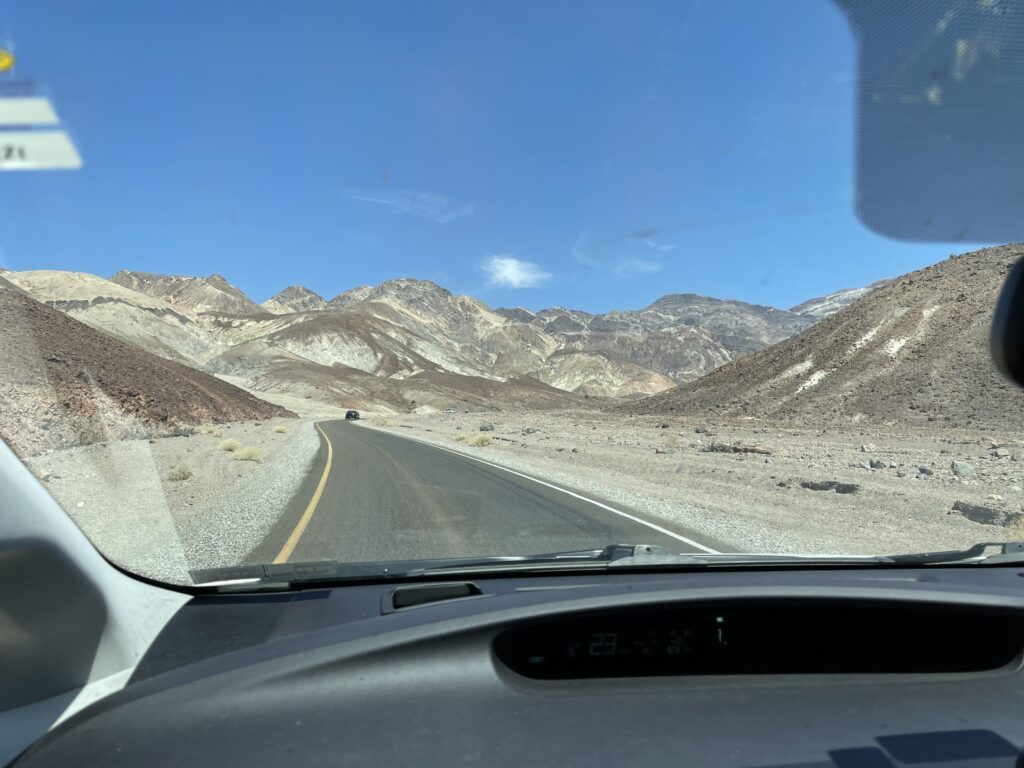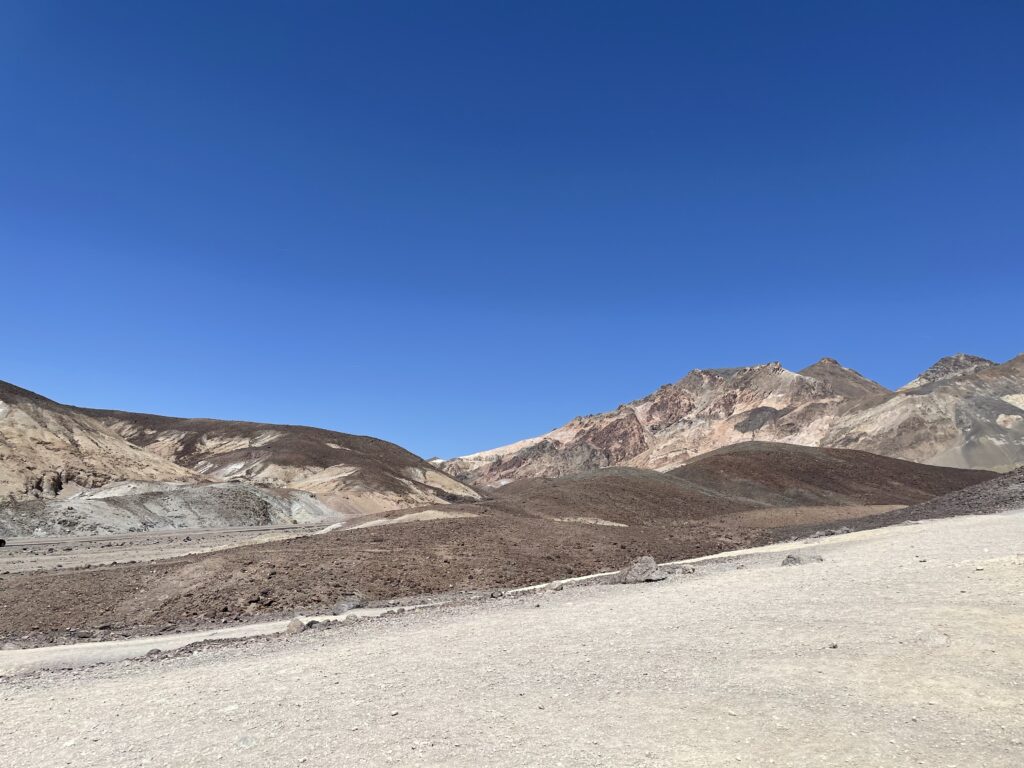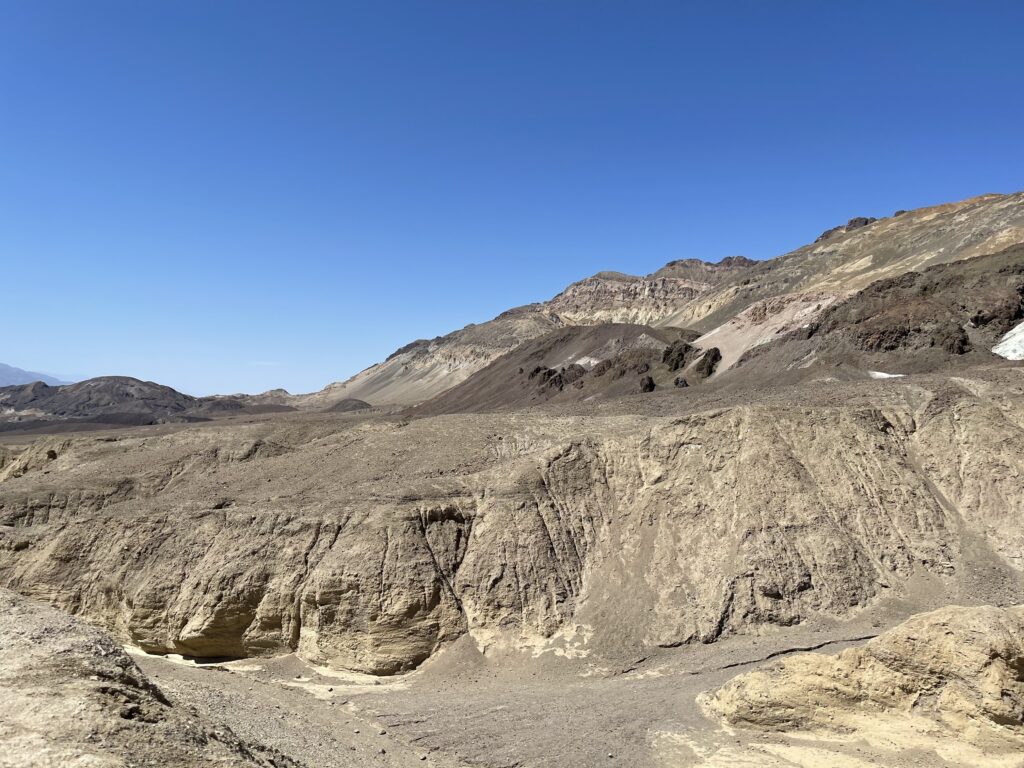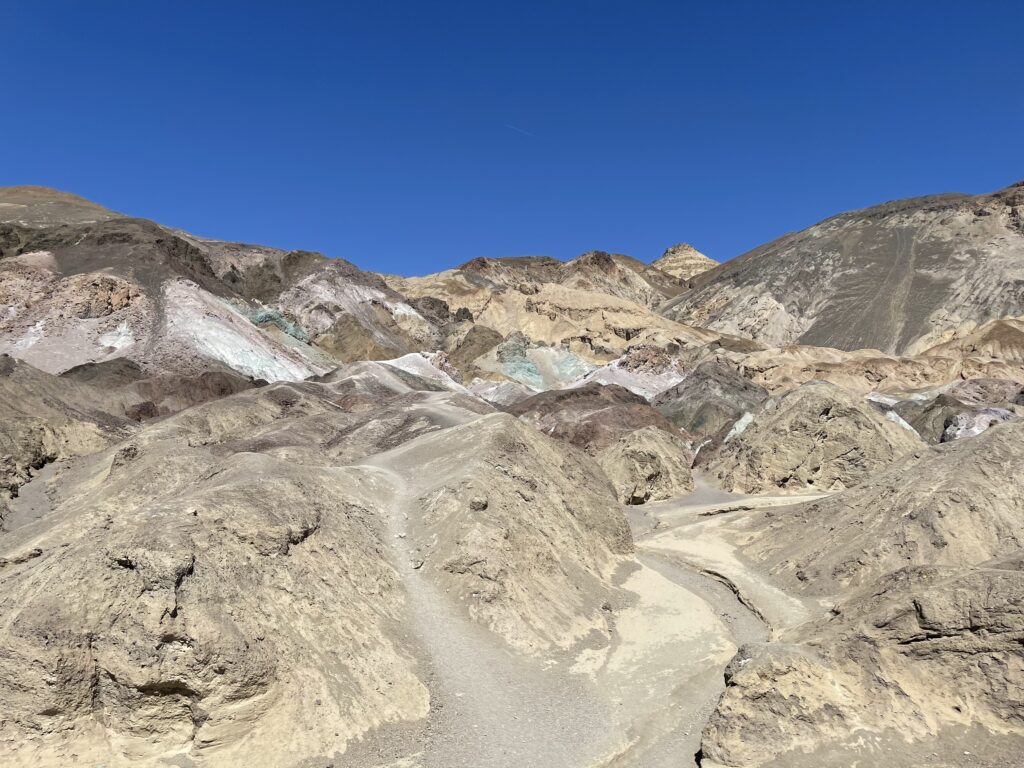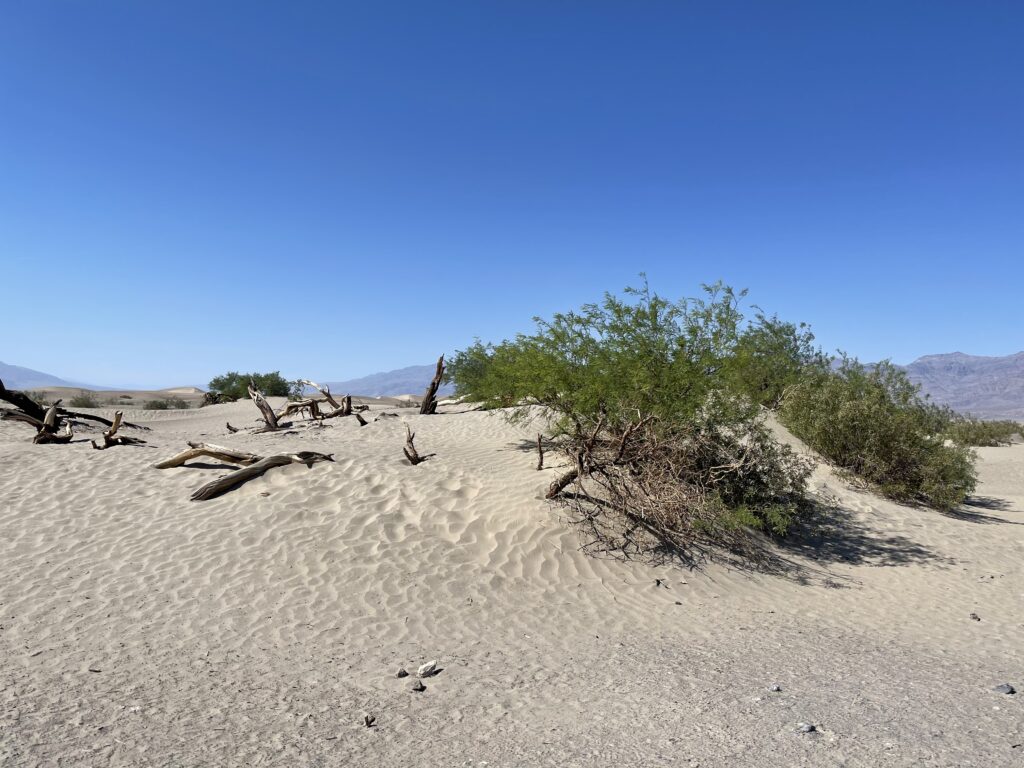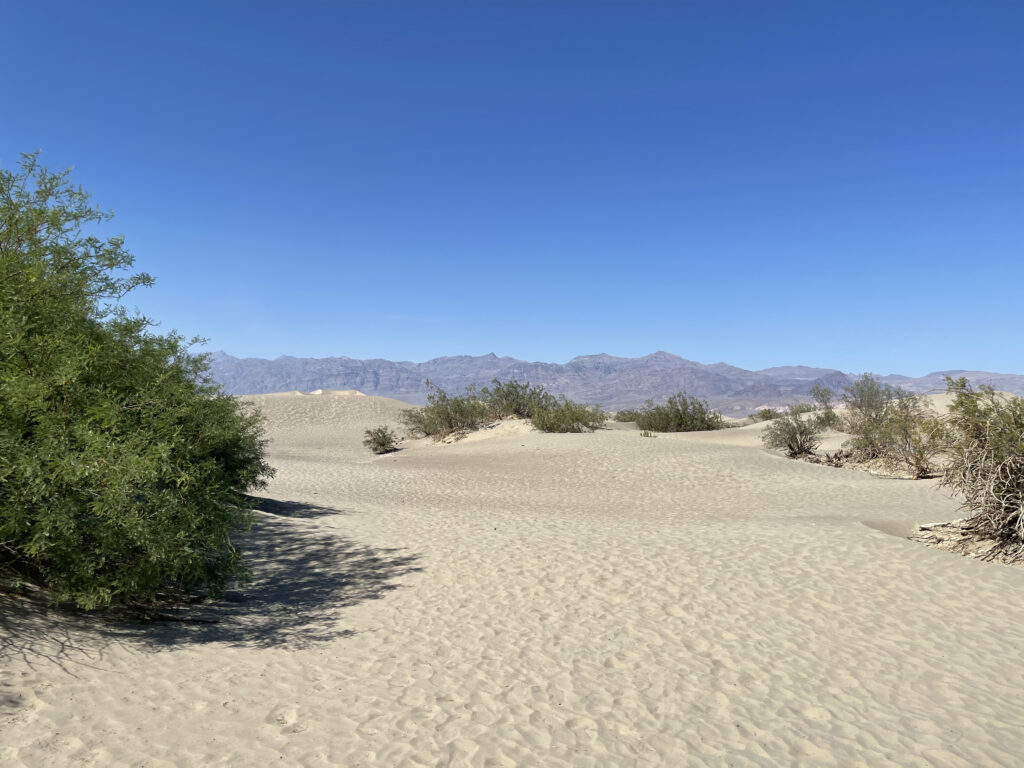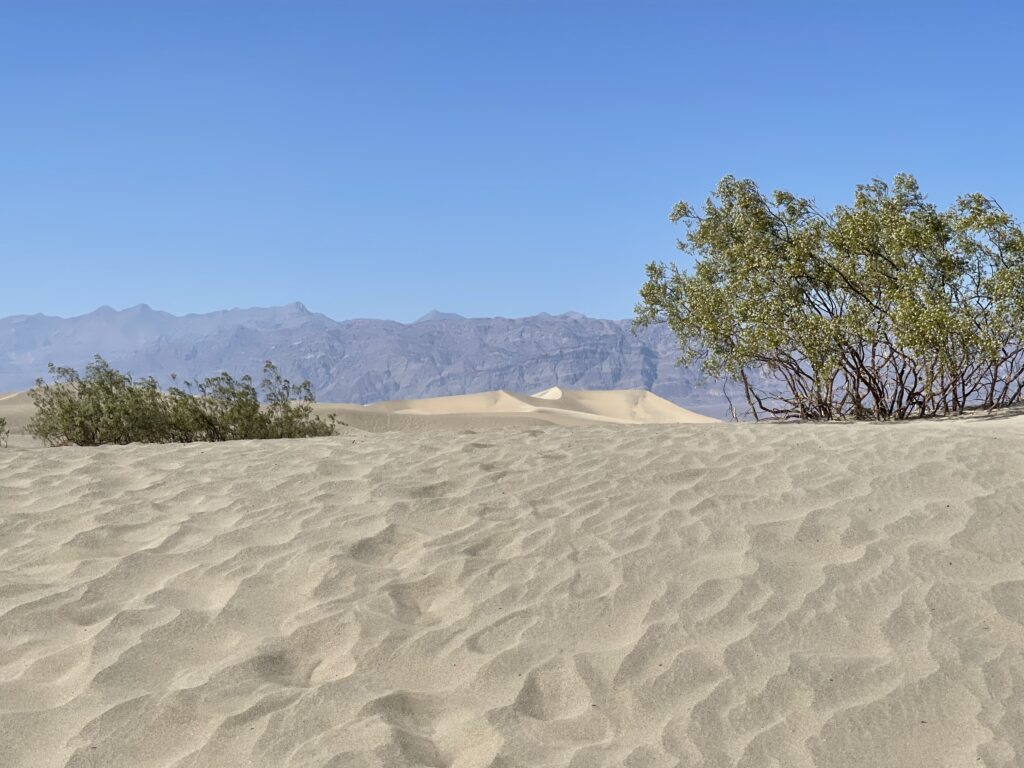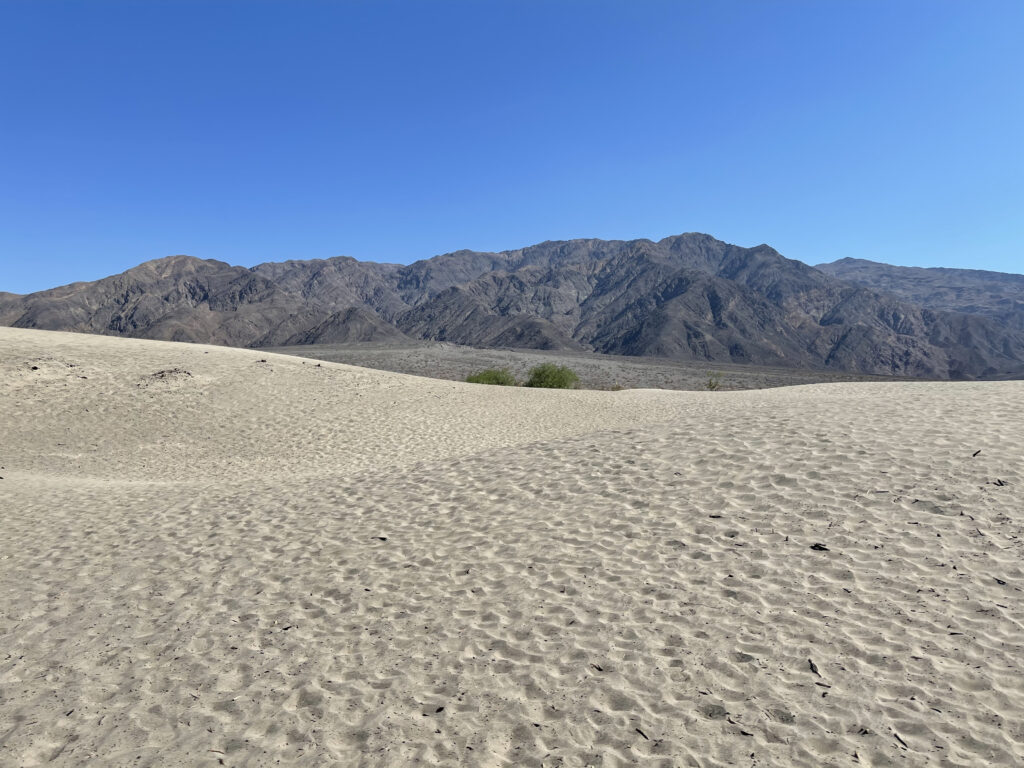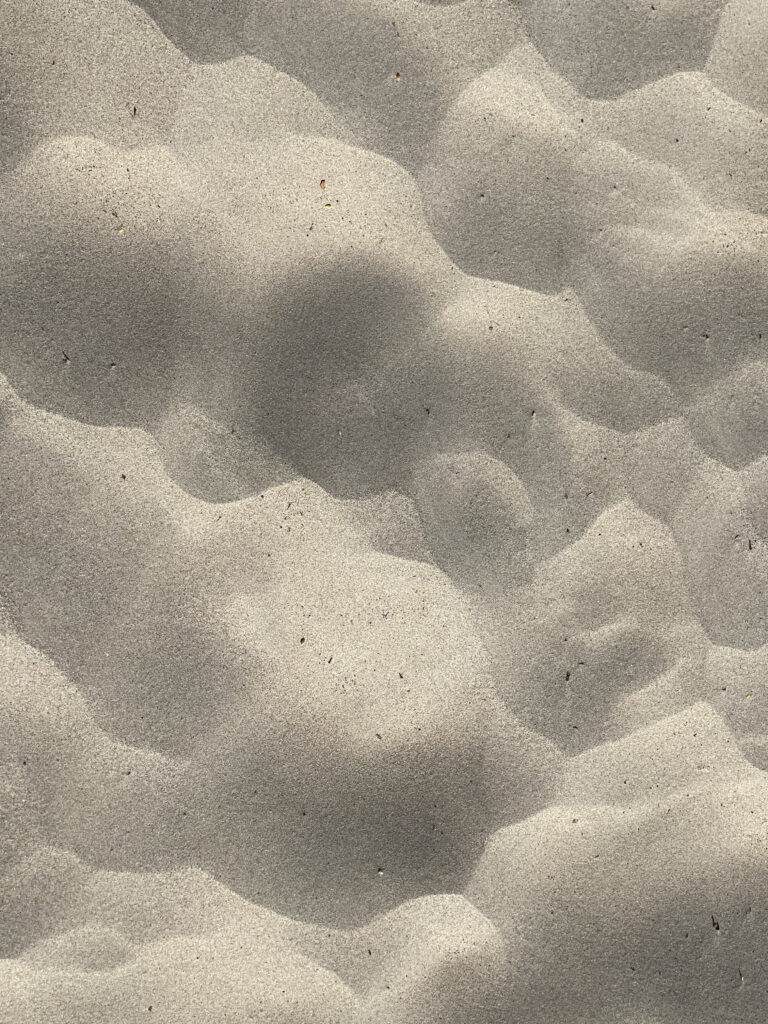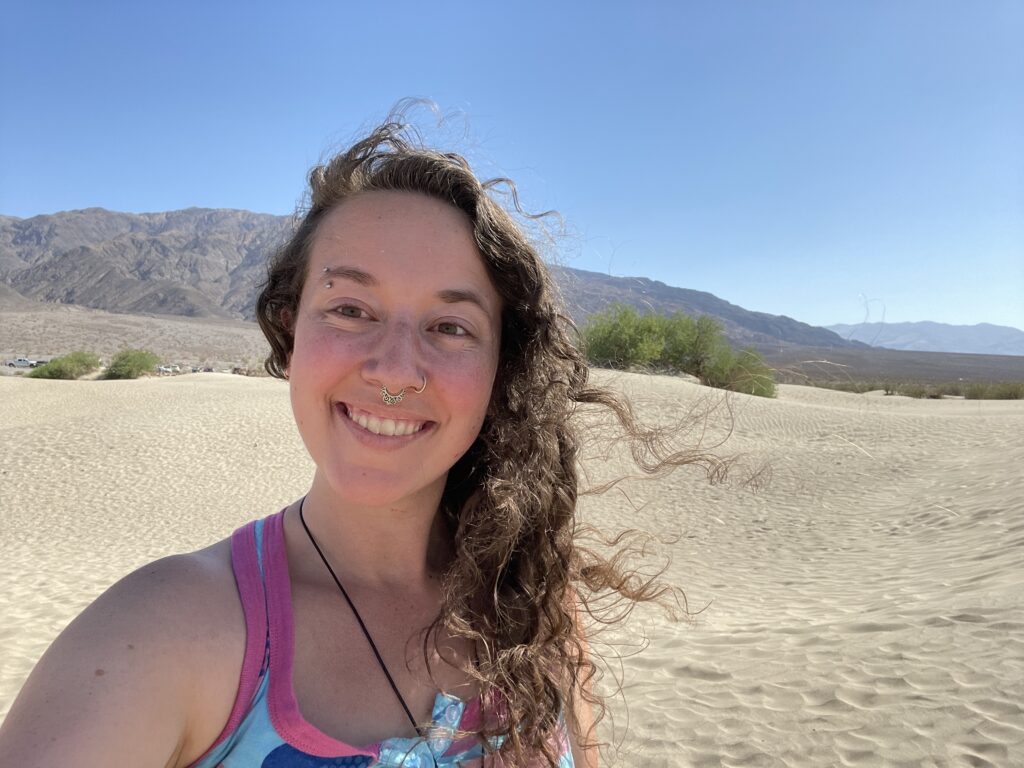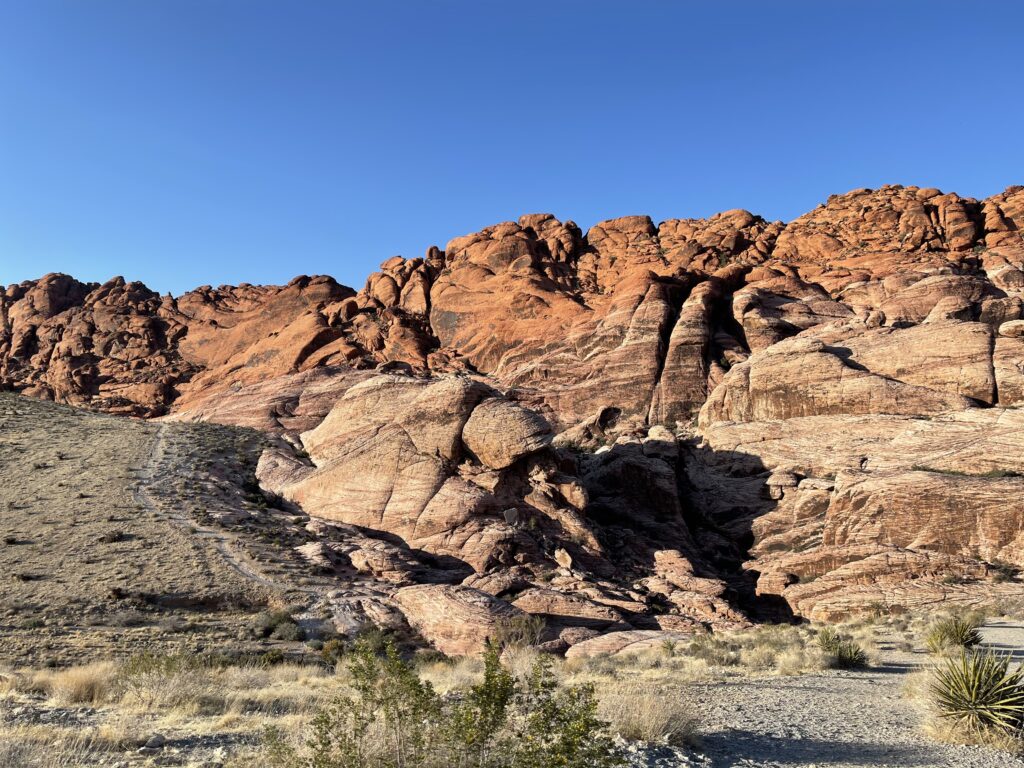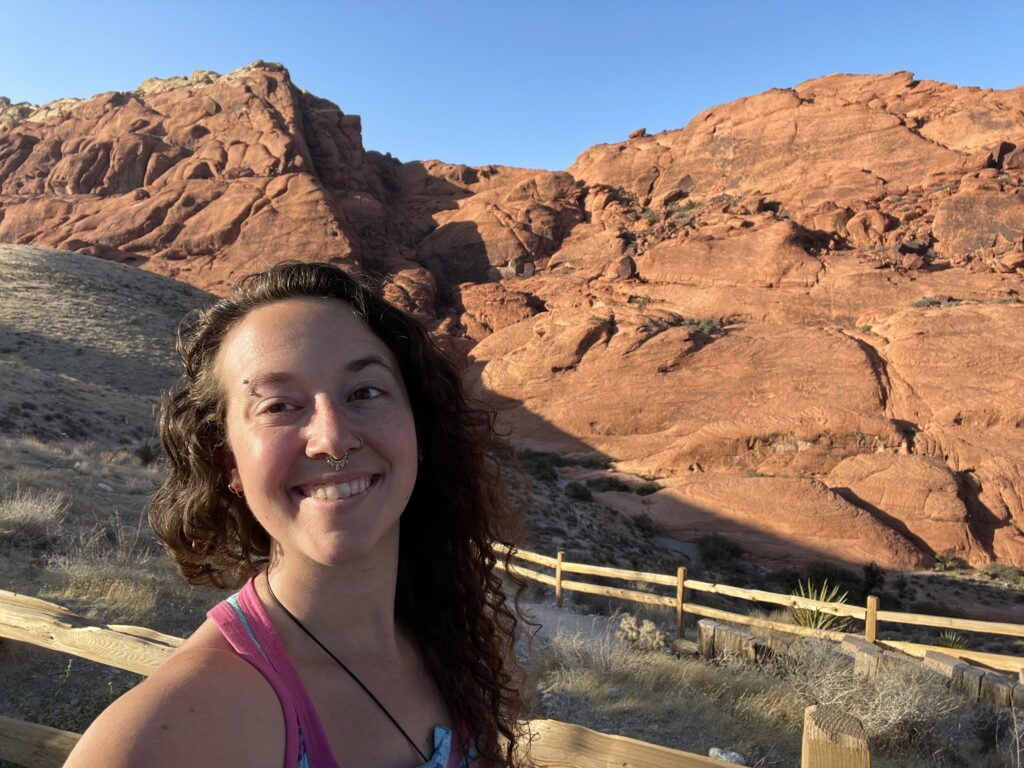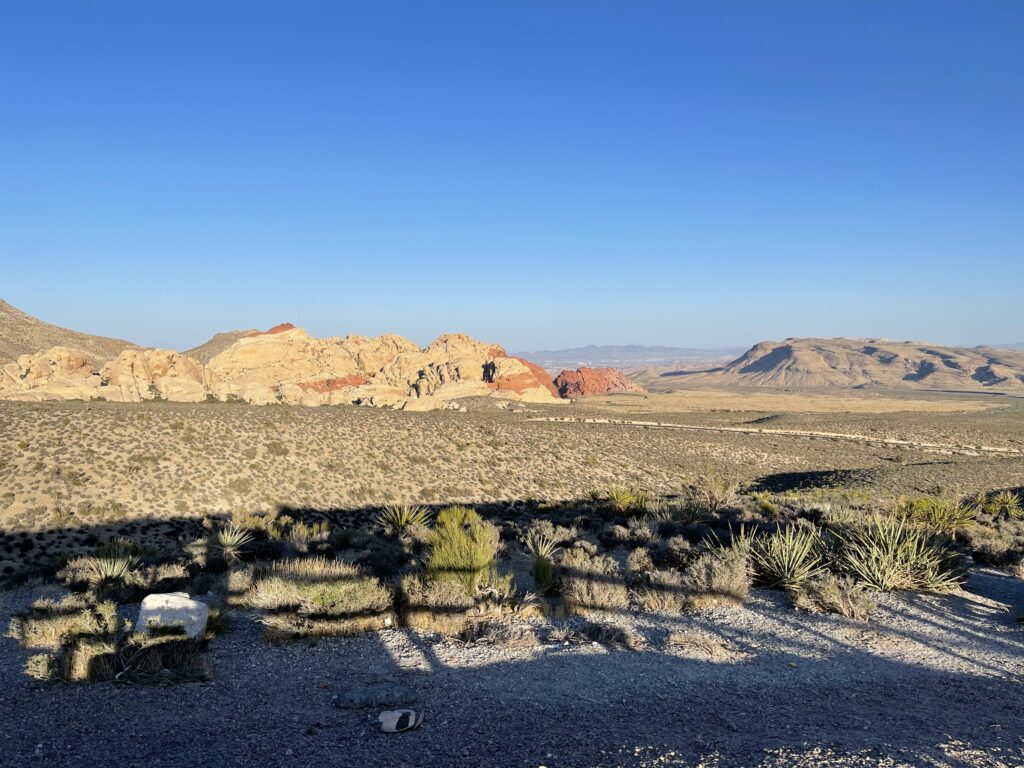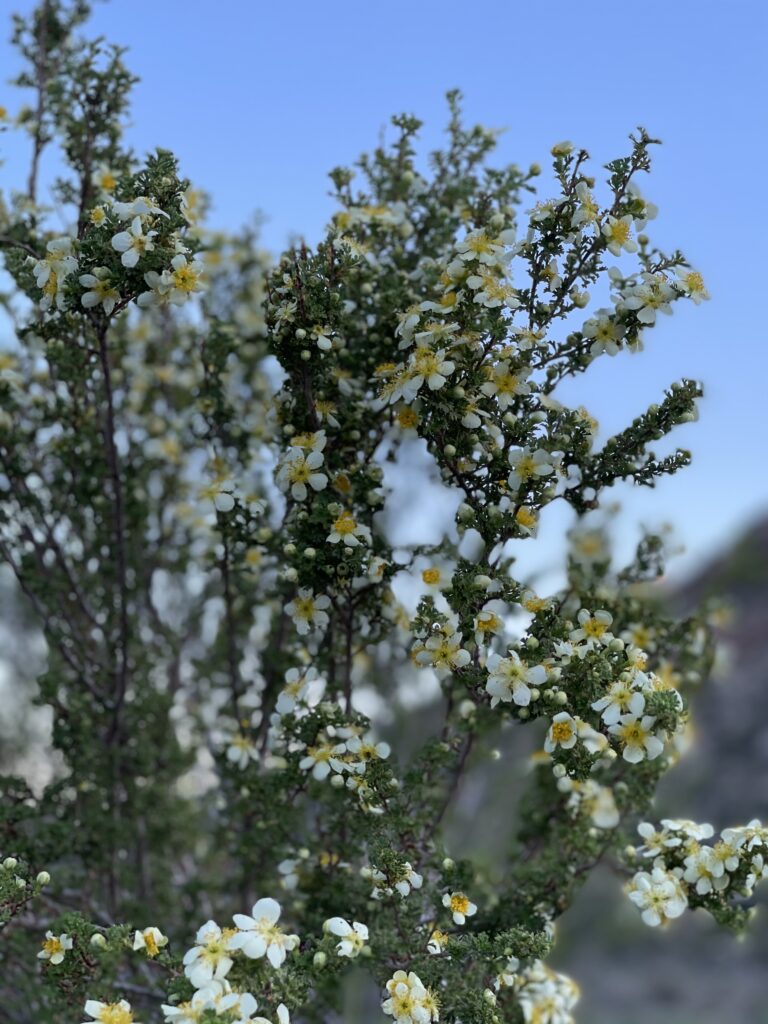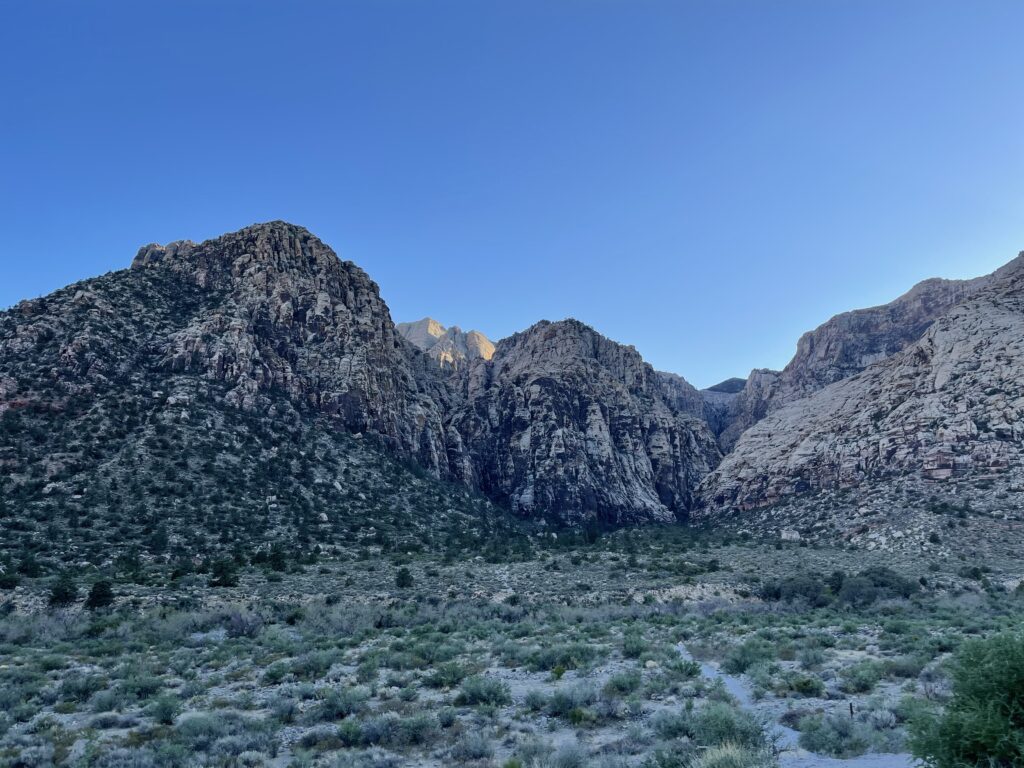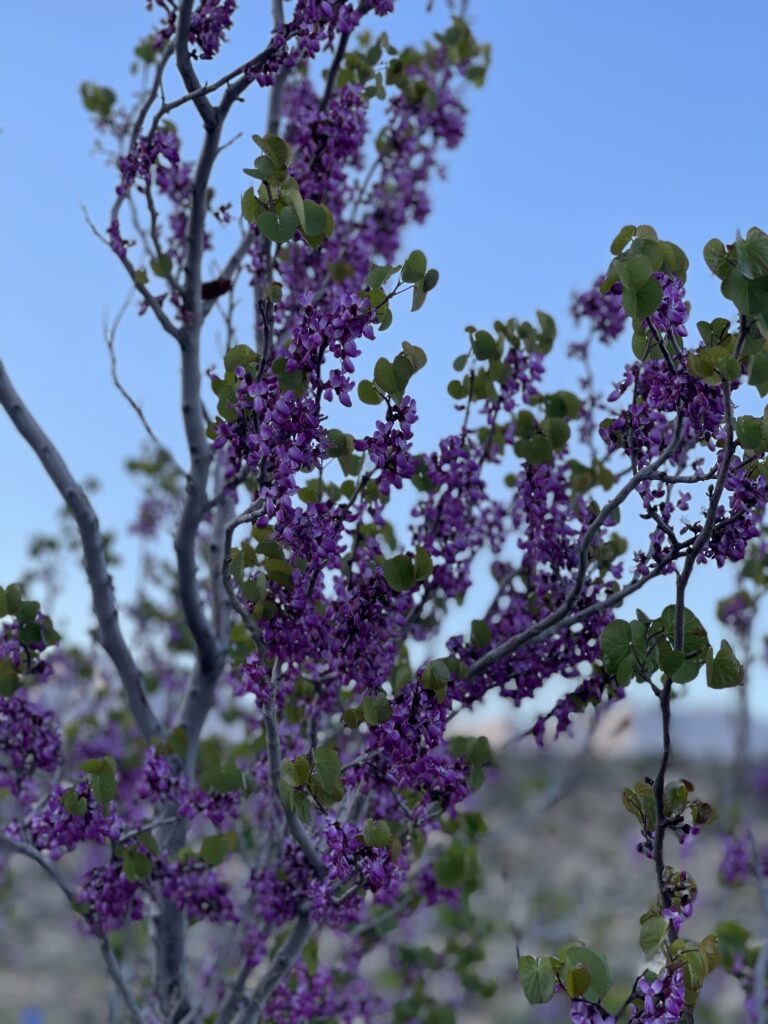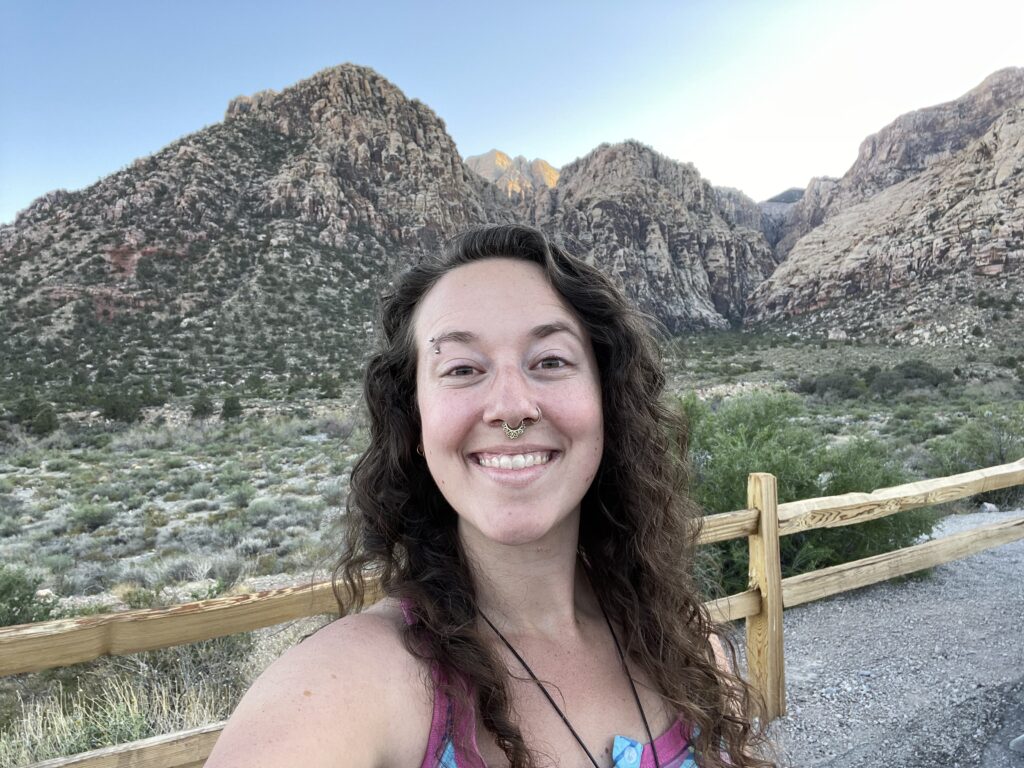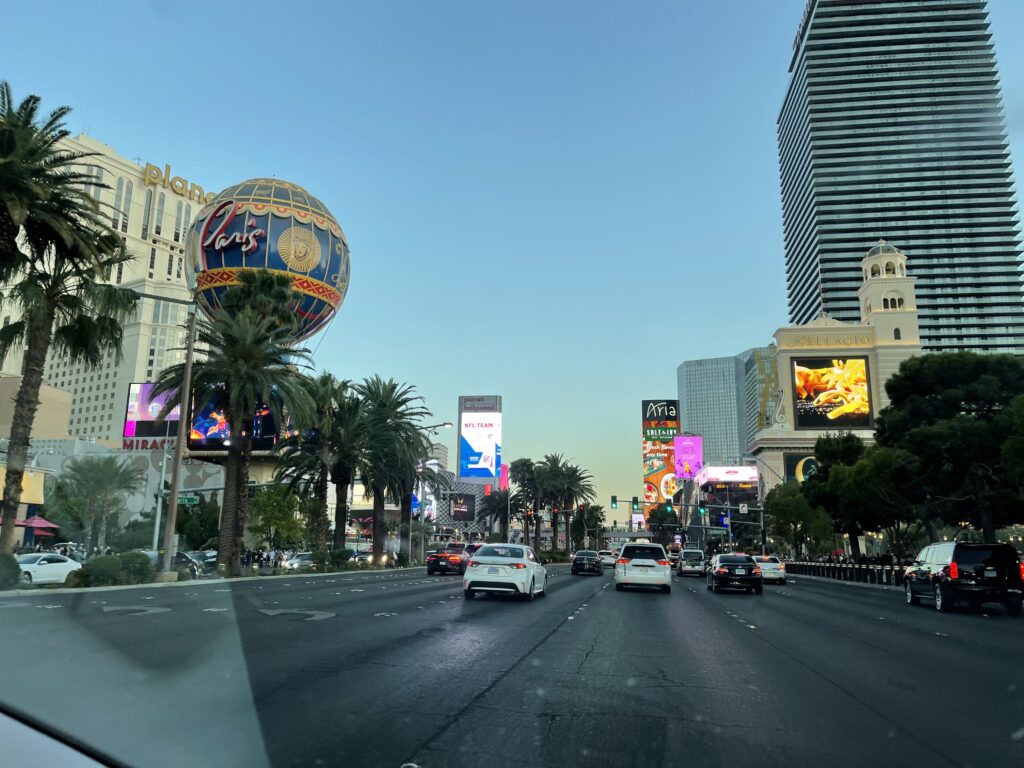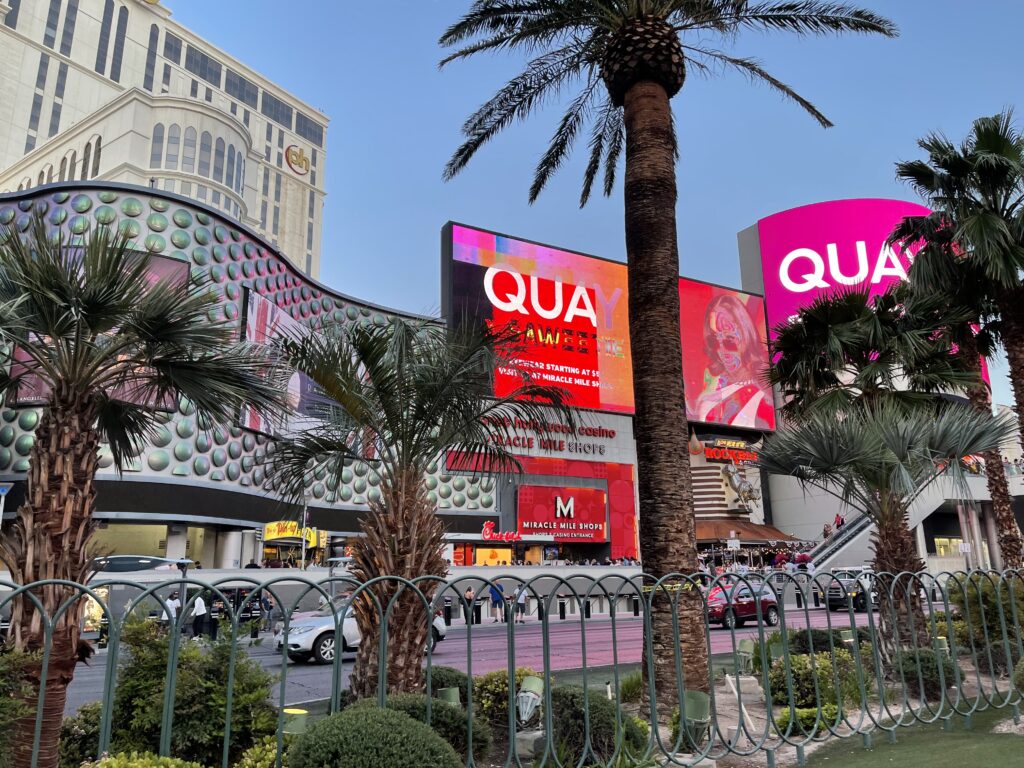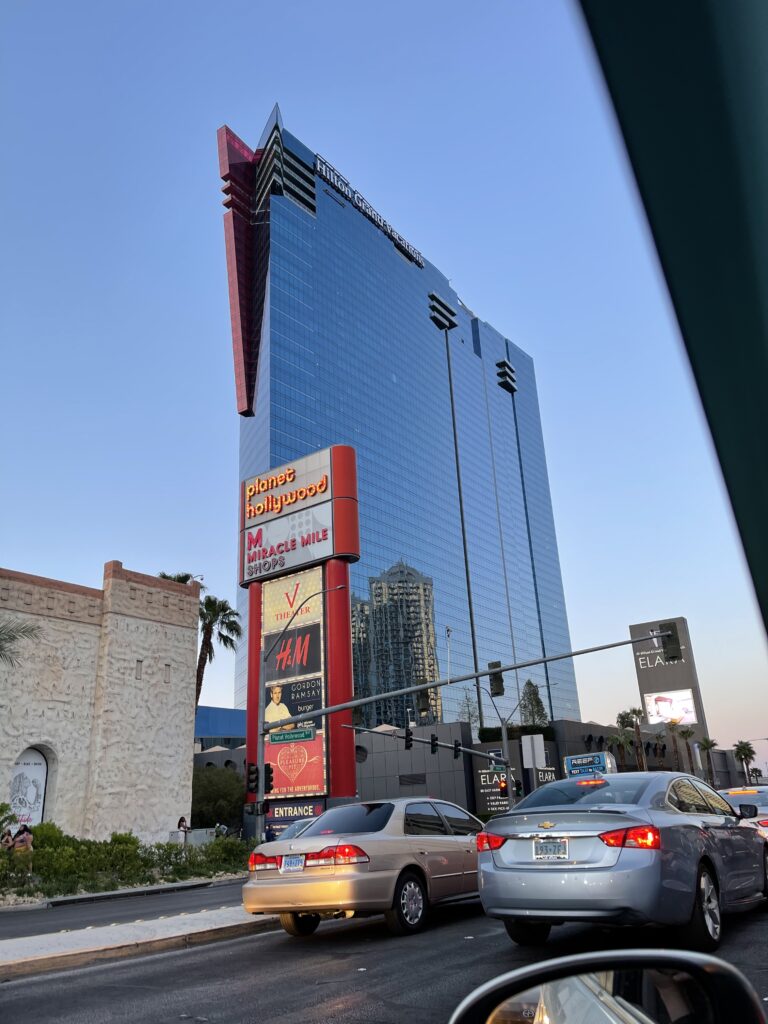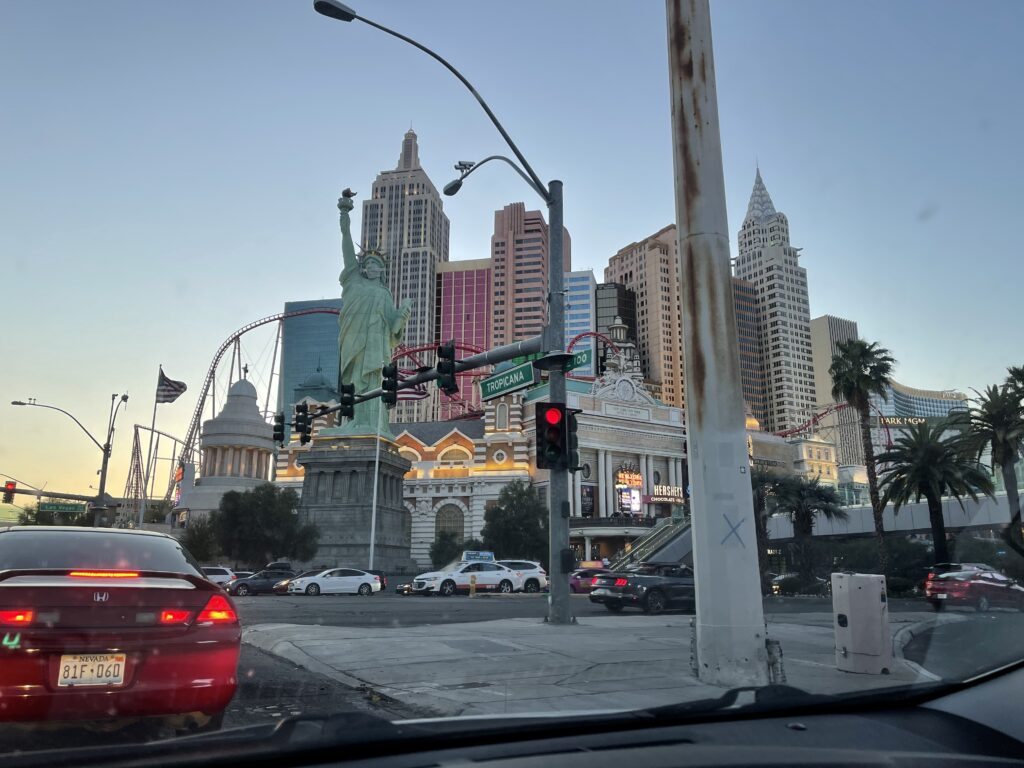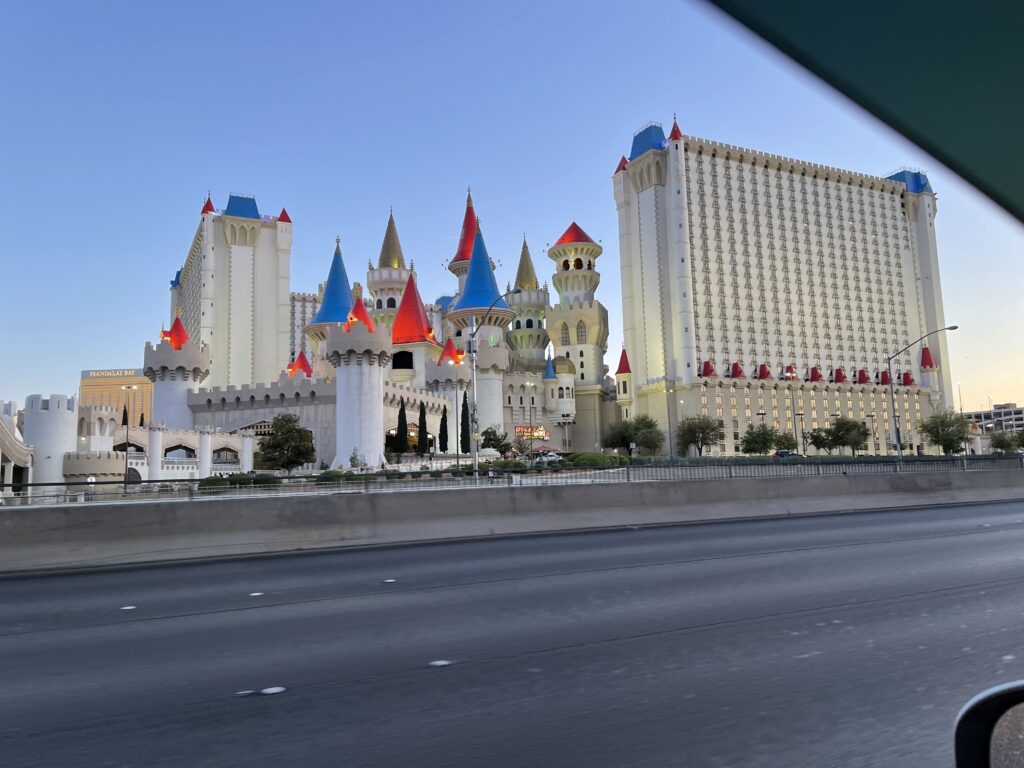Hey there!
When I’m not writing or checking in, you know that’s when I’m busiest and in the most remote areas. And that’s some of what I’ve been doing this past week, traveling through the deserts of California, Nevada, and Utah.
I was driving North up the Eastern side of California and hoped to make a few stops after Joshua Tree national park. After driving through town, I had wanted to stop at Cadiz Dunes, but found that the road was totally shut down. So I had to skip it.
I kept going North to drive through the Mojave National Preserve, with more scenic desert views and sparse greenery.
Feeling let down after missing the earlier dunes, I was really heartened to see before me — more dunes! I had stumbled upon the Kelso Dunes, a wide expanse of beige sand amid scrubby desert, and situated between dark mountainous terrain.
I really liked walking through the sand and checking out the mysterious tracks of local creatures.
I also had the opportunity to drive by some more volcanic areas. I really enjoyed seeing Craters of the Moon national monument last year and thought it was one of a kind, but my travel this year has reality cemented to me that’s there’s a really substantial volcanic history in our country, much of which goes unnoticed or unmentioned. I stopped to take some pictures and really badly scraped the bottom of my Prius on a rock, which let out a sound like a gunshot. I’ve been limping it around since then but need to get it serviced soon. I also need to get the windshield replaced, still. Anyways– let’s hope these pictures were worth it:)
The stop I’ve been feeling most anxious about getting notched on my belt has been Death Valley National Park, mainly due to the mounting circumstance that it’s just going to keep getting mega-ultra-hotter there. Death Valley is the second-lowest spot in the Western Hemisphere at 282 feet below sea level, and also has the hottest recorded temperature on Earth, at 134F in 1913.
So as it turned out, my being there in mid-April meant it was going to be in the high 90s. “But it’s a dry heat!” Whew, bud.
The drive into death valley was neat, and the landscapes almost alien. Craggy and dark mountains, colored sands and sediment, and sparse shrubbery existing in nature’s extremes met me and it was hard to know where to attend to because there was so much.
My first stop in the park was at Dante’s view, at 5,476 feet over the park, the initial view felt staggering. Though I’ve been at higher points before, I almost felt dizzy overlooking the valley nestled between the surrounding peaks. I really, really appreciated the opportunity to see the death valley from this view before traveling down into the rest of the park.
Death valley is full of varied landscapes, and another stop on my way into the heart of the park was at Zabriskie point, a Badlands area full of history of borax mining that took place in the park before its conservation.
I made a stop at Badwater Basin, the famed low point of the park, with a barren salty cracked bottom and small pool of non-potable saltwater.
On the wall behind the basin is a sign denoting regular sea level, emphasizing the low elevation of the spot.
I next embarked on the scenic drive through artist’s drive, an area filled with minerals and sediment adding various colors to the rolling hills and mountains.
Also on the list was a stop at the Mesquite flat dunes, another vast sand field.
I had wanted to drive across the park to visit the large Ubehebe crater, but ended up not making it in this trip as it would have added three hours to my drive that I didn’t have. I instead chose to drive East to Las Vegas, making a quick stop for the night before continuing on.
On the way, I happened past Red Rock Canyon national conservation area, and made the scenic drive. Fucking awesome, and I loved seeing the sunset there.
I drove through some of the Vegas strip, and opted not to stop, but enjoyed seeing the sights from my car:)
